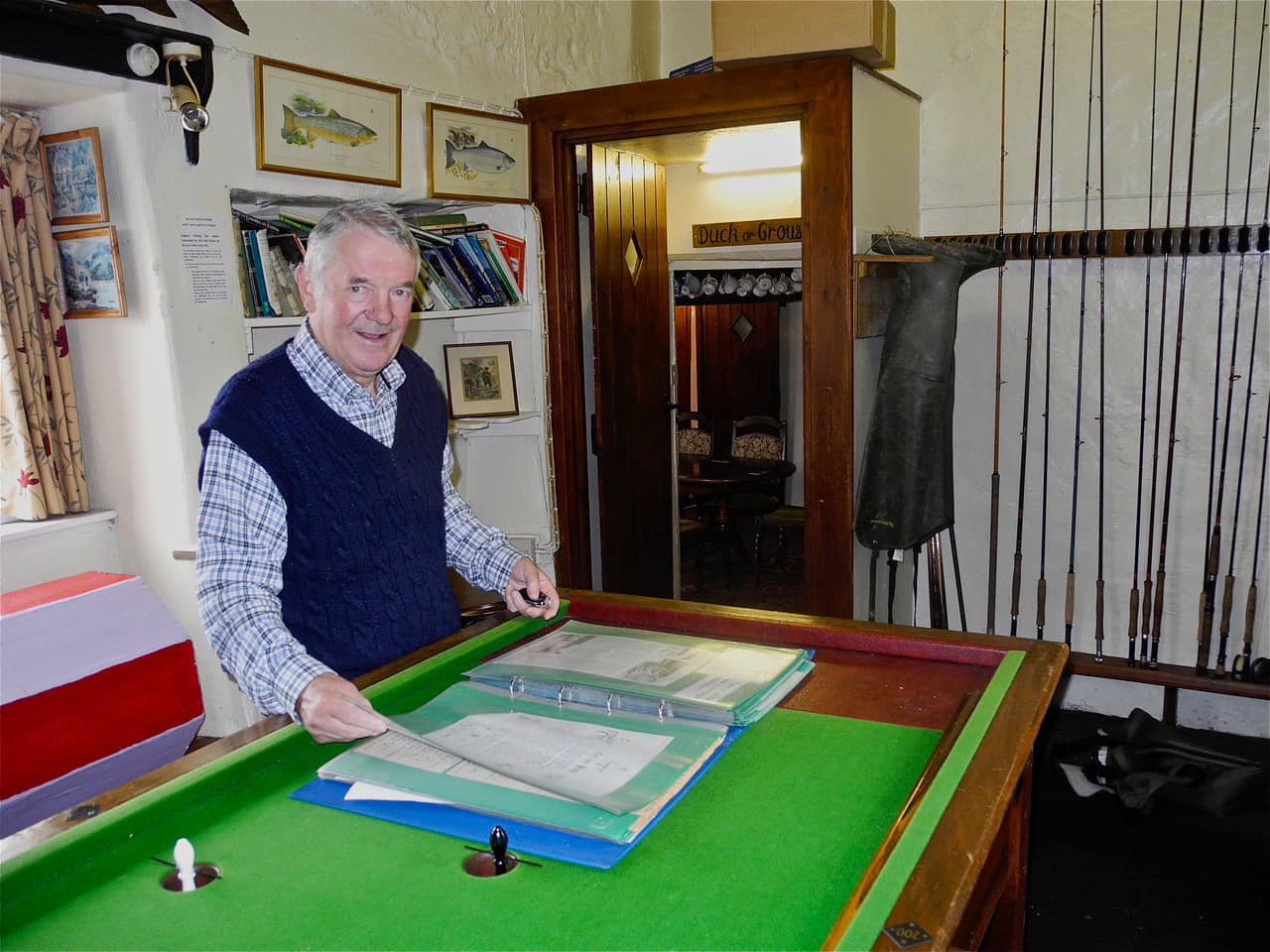
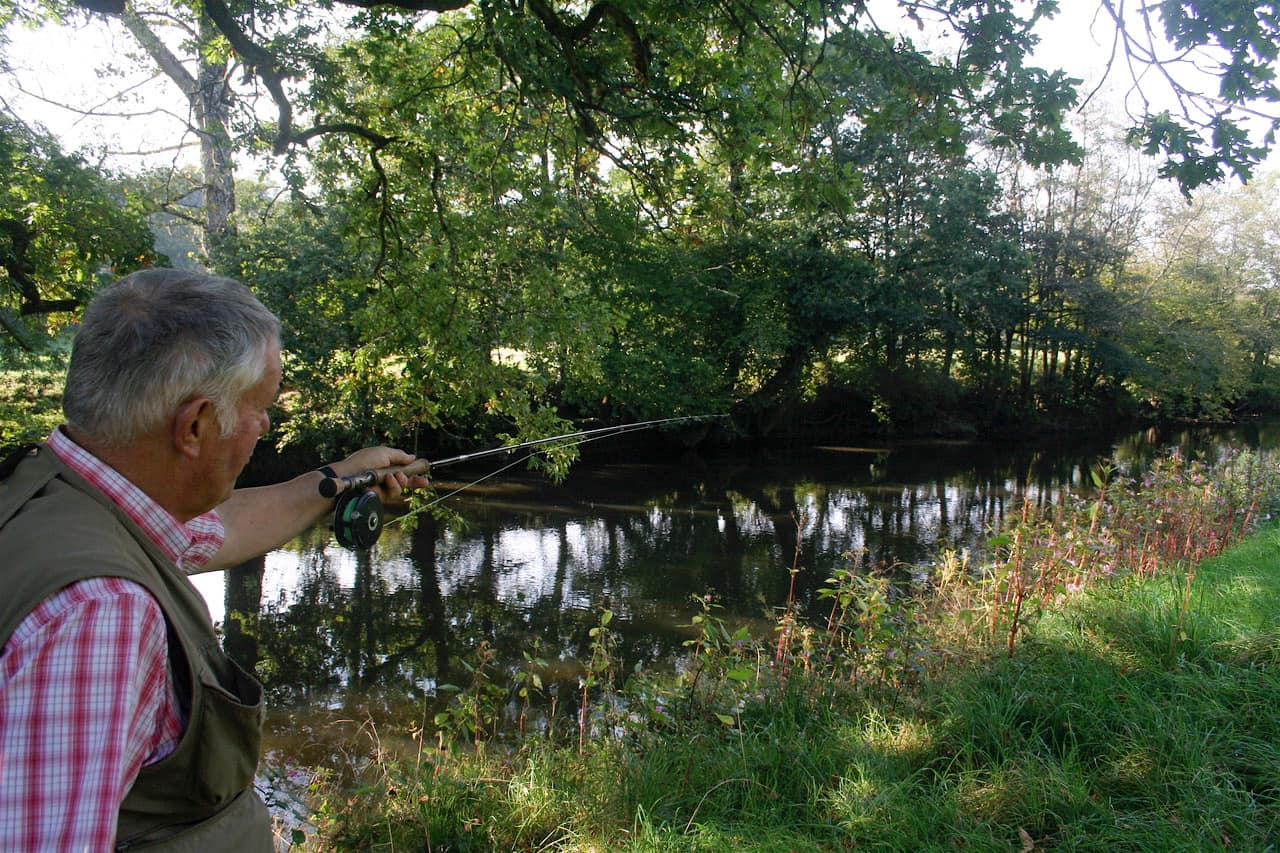



On October 26th I Joined representatives from several local angling clubs at a March For The Torridge. Over sixty from various organisations gathered to demonstrate their support for efforts to work together for the long term health of North Devon’s rivers. It is very apparent that there is a great deal of passion for our rivers with many working to get the issues that are impacting upon their health higher onto the political agenda. The Taw and Torridge Estuary Forum work with the North Devon Biosphere on a catchment based approach. It is essential that all parties put aside their differences and unite in the interest of the rivers that are the vital arteries of the land.

I was asked to say a few words and told of how I had witnessed the dramatic decline of salmon in the Torridge a river that a few decades ago saw catches in the hundreds. This years total rod catch is less than a dozen. Surely a symptom of a wider ecological issue?



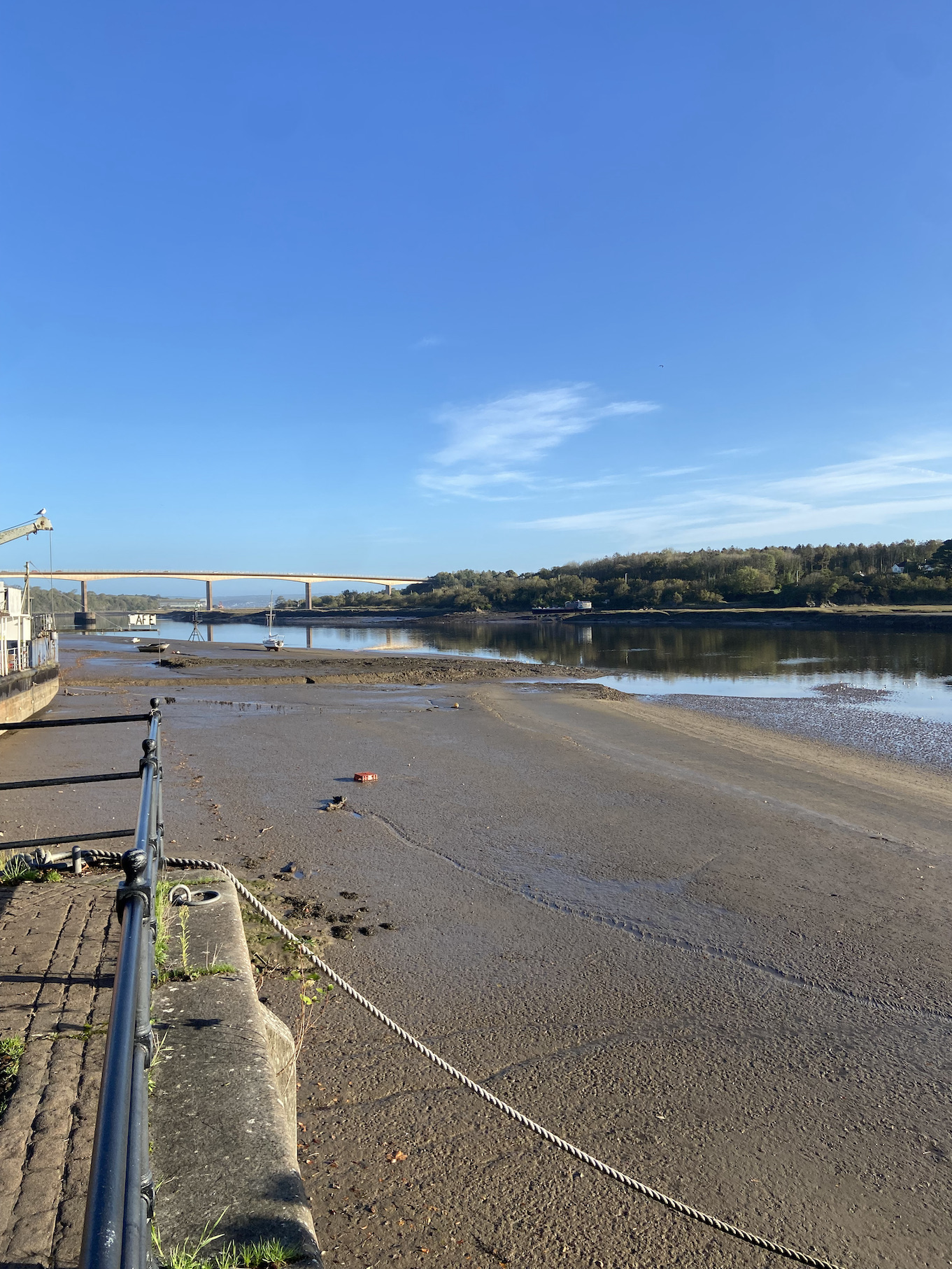
Bluefin tuna are now present off the South West Coast in huge numbers during late Summer and Autumn generating a great deal of interest amongst sea anglers consequentially bringing a valuable boost to the local economy.
These immensely powerful fish were once prolific in the North Sea feasting upon the herring shoals that migrated to the area each autumn. The Yorkshire seaside town of Scarborough became the home of the British Tunny Club in 1933 and for the pre-war years became the destination for the rich and famous to battle with these leviathans fishing from rowing boats using strong tackle specially built for the purpose. There was a cessation of fishing during the war years and a revival of the sport following these dark times until the early fifties when the fishery collapsed due to the overfishing of herring.
Whilst tuna were caught off the Yorkshire coast they were also sighted off the Cornish coast and in 1936 several fish were hooked and lost. Brigadier J A L Caunter in his book Shark Angling In Great Britain records numerous sightings off Looe during the late forties.
My own interest in tunny was fuelled by books telling of this historic fishing. Tunny – The Rise and Fall of Britain’s Biggest Fish written by Chris Berry and The Glory Days of the Giant Scarborough Tunny by Mark Ross are both excellent tomes that recount those historic days of battles with giant fish. Both of these books were published in 2010 before the current revival in tunny catches.
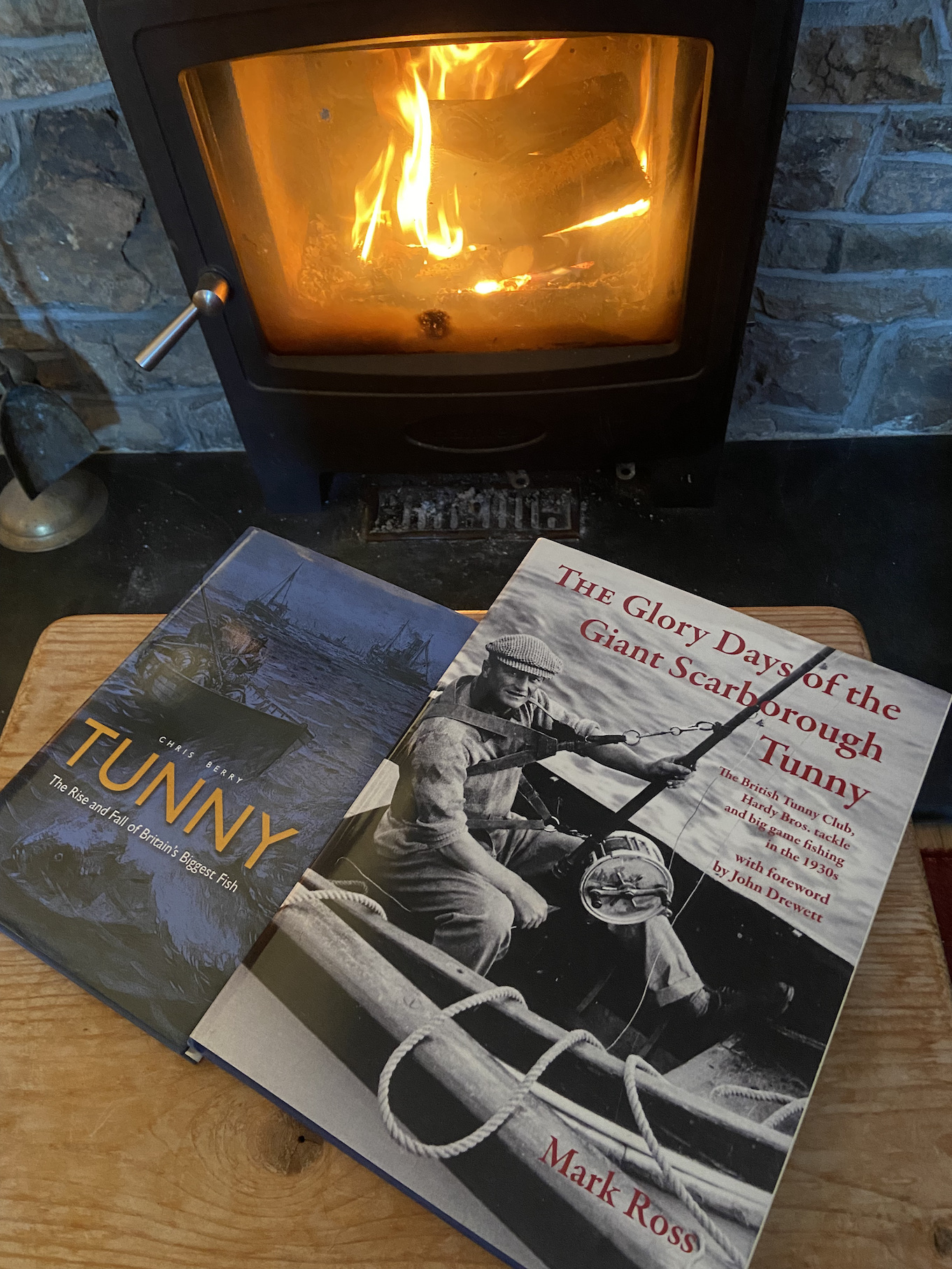
Fortunately todays anglers are wiser and all tuna are carefully revived and released at the side of the boat. Tagging of these majestic fish has provided a wealth of valuable scientific data that can be used to ensure the correct management of valuable stocks.
Today anglers targeting these fish are provided with top quality tackle and fish from well-equipped Charter boats. All the skill rests with the skipper locating the fish. All the angler does is bring the hooked fish to the side of the boat. A task that brings a sense of trepidation for these immensely powerful fish can exceed 1000lbs with 400lb plus fish relatively common.
Whilst many cite global warming as the likely reason for the tunny revival this is unlikely to be a major factor. It is more likely to be a change in the migration of food fish and conservation efforts across the globe. There are concerns at the impact of these huge shoals of tuna on stocks of bass and migrating salmon and sea trout. As an angler I relish this opportunity and hope to savour the experience of a lifetime.
Looe on the South Cornish coast is a seaside town that is very close to my heart as it was here close to sixty years ago that my angling journey started with mackerel and garfish from the Banjo Pier.
I climbed on to the Charter boat ‘Sowenna’ skippered by Dan Margetts in mid-October with four fellow anglers. Jeff Pearce, James Coggan, Rory Nugent and Bruce Elston. We were fortunate to be getting out to sea; for the previous day had seen named Storm Ashley sweep up across the UK with winds to over 60mph. Whilst a residual swell remained winds were light and from the South West with sunshine promised for later in the day.
The tuna fishing had been exceptionally good prior to the storm and we hoped that the strong winds hadn’t broken up the bait fish shoals and the hunting tuna.
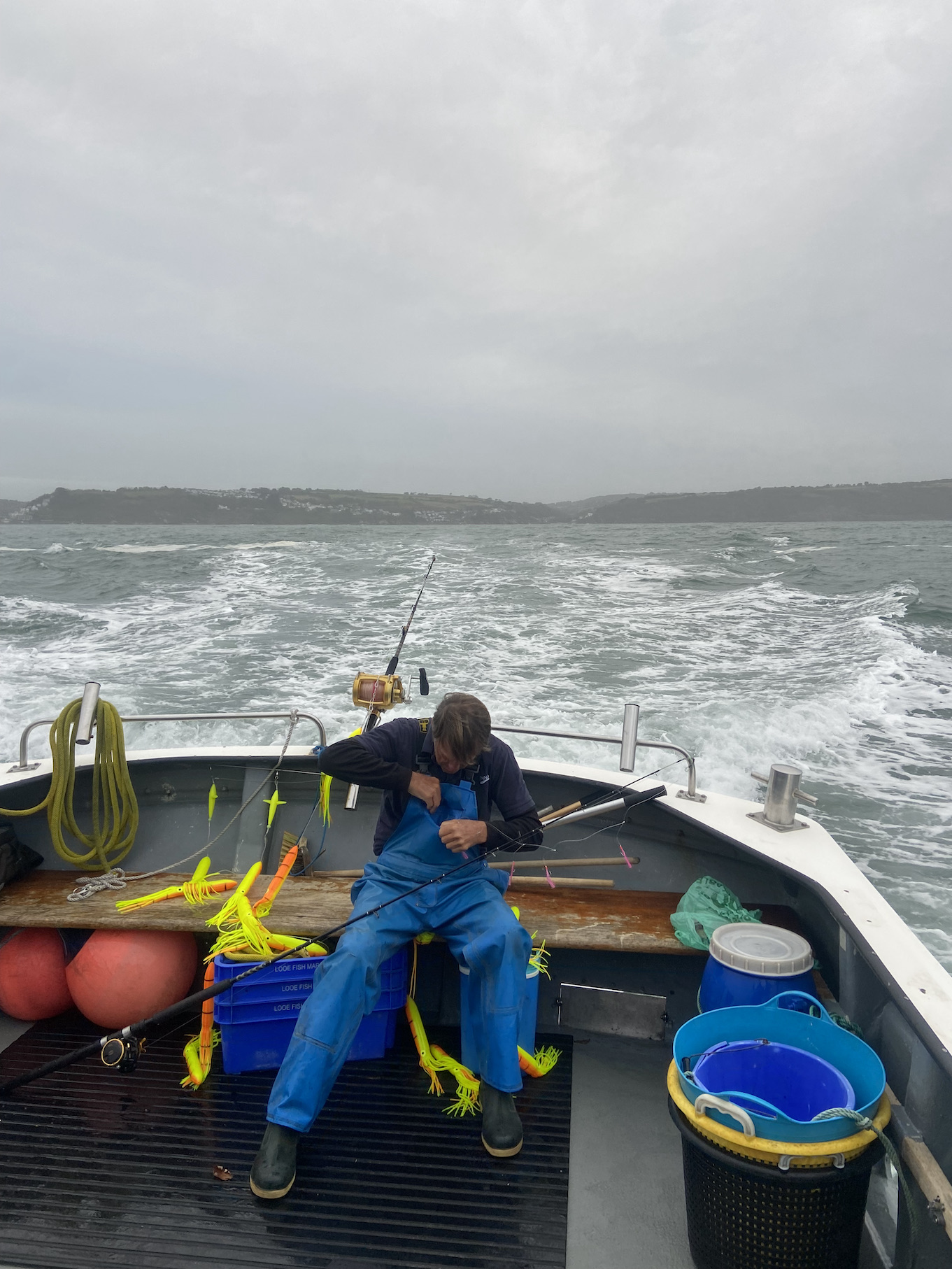
A moderate swell was rolling shoreward as we headed out anticipating an angling adventure. Never having caught a tuna before there was a touch of trepidation. Would I be physically able to deal with such a powerful fish? I had seen two caught on previous trips and knew that these were seriously strong testers of both angler and tackle.
I watched the horizon and spotted a large gathering of active birds. I immediately alerted skipper Dan and John Mc Master and we steamed optimistically towards the activity.
Beneath the swooping melee of birds the surface was disturbed as tuna smashed into shoals of bait fish.
The trolling gear was sent astern spreaders of bright lures with a stinger in their midst. We drew numbers to see who would be first. Jeff pulled 1, Bruce 2, myself 3, Rory 4 and James 5.
Tuna broke the surface tantalisingly close as birds continued to swoop and dive into the water. After a while the shoal dispersed and both hunters and hunted disappeared.
Dan suggested we head West to an area that had been proving productive over recent weeks. The skippers all work together sharing knowledge for there is a common desire to see this fishery prosper and as the fish are I believe generally nomadic there are no hotspots as such.
After steaming for ten miles or so we again spotted active birds and tuna along with a pod of dolphins.
Again the gear was sent astern and the steady troll resumed. Tuna broke the surface on a regular basis all around the boat.
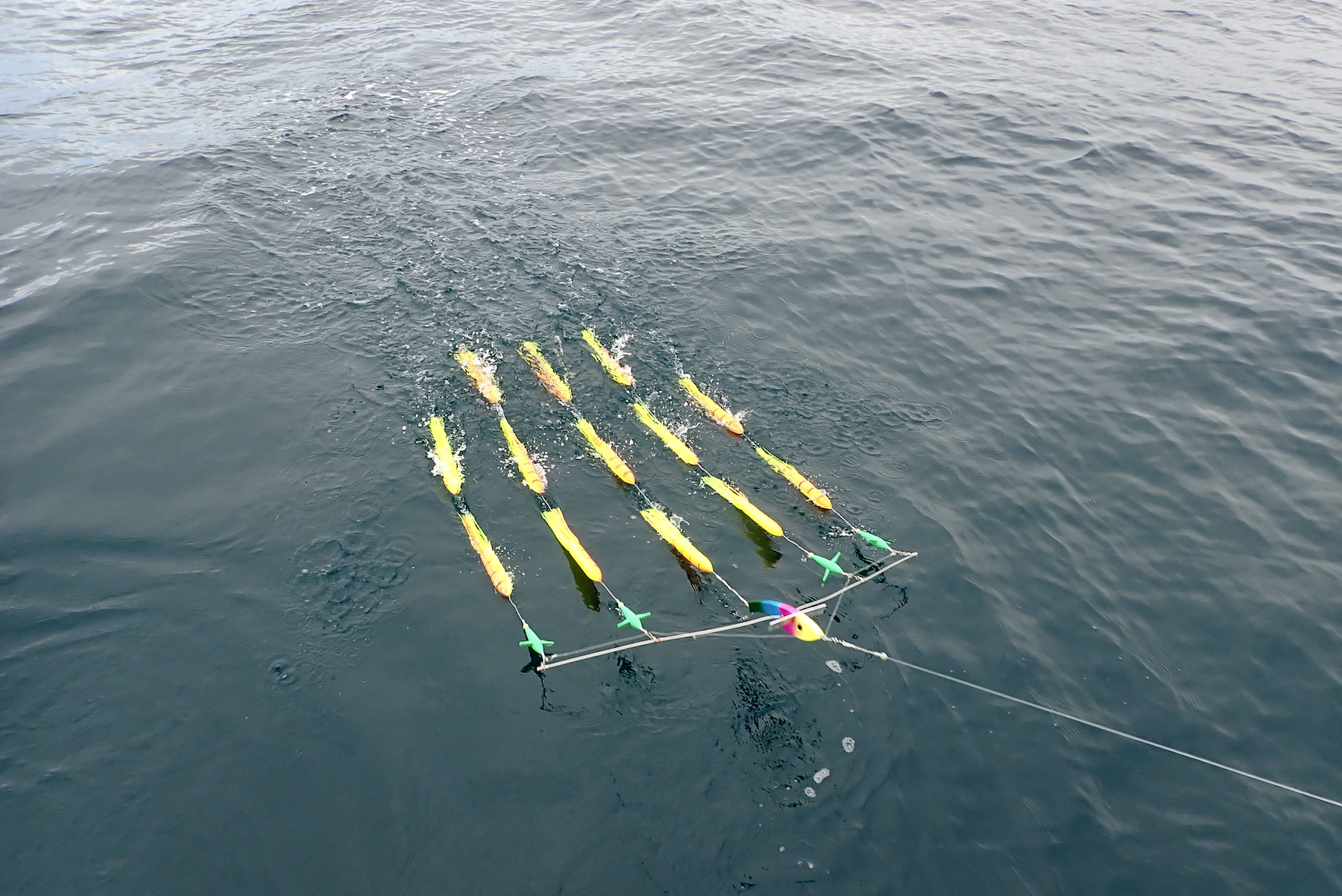
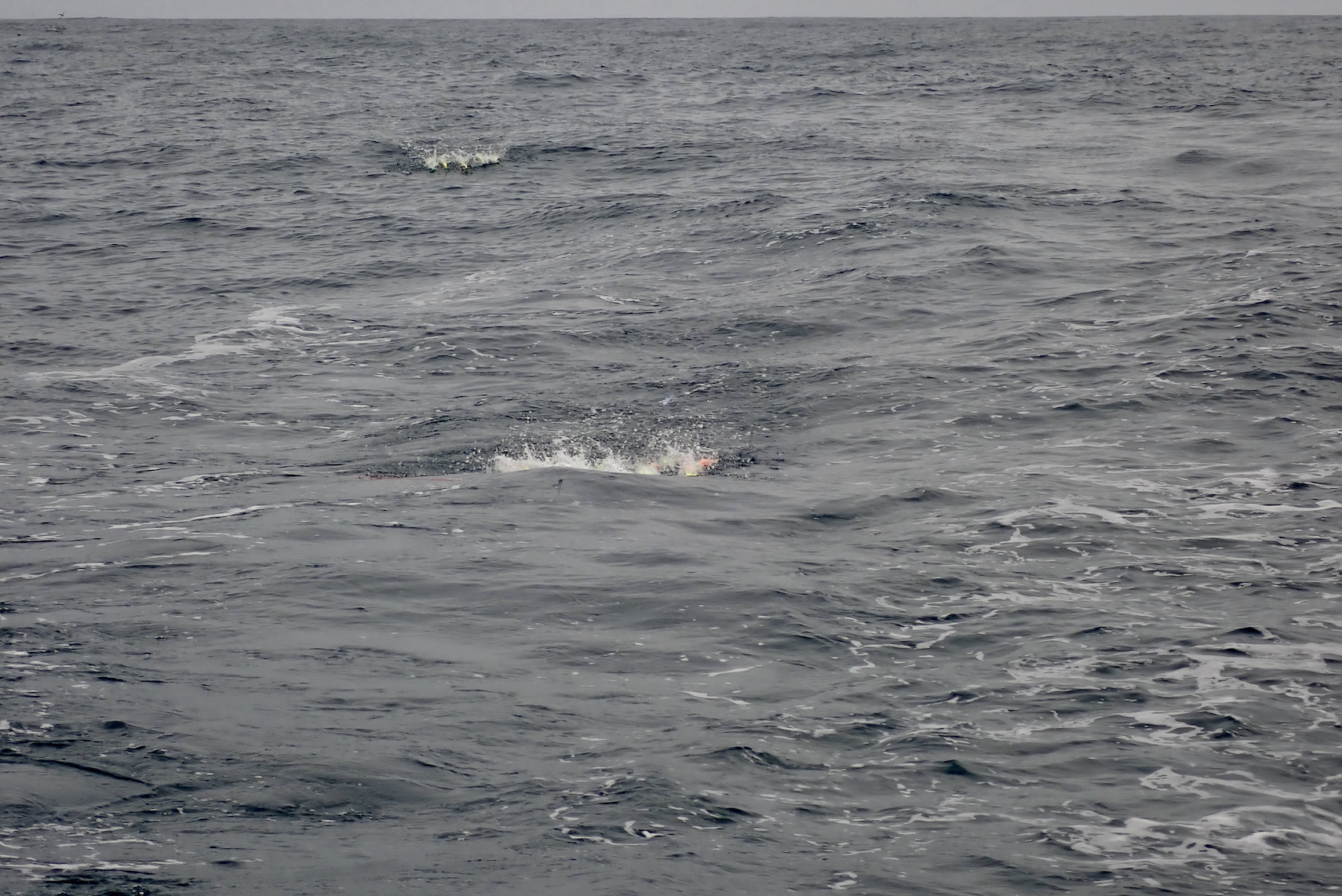
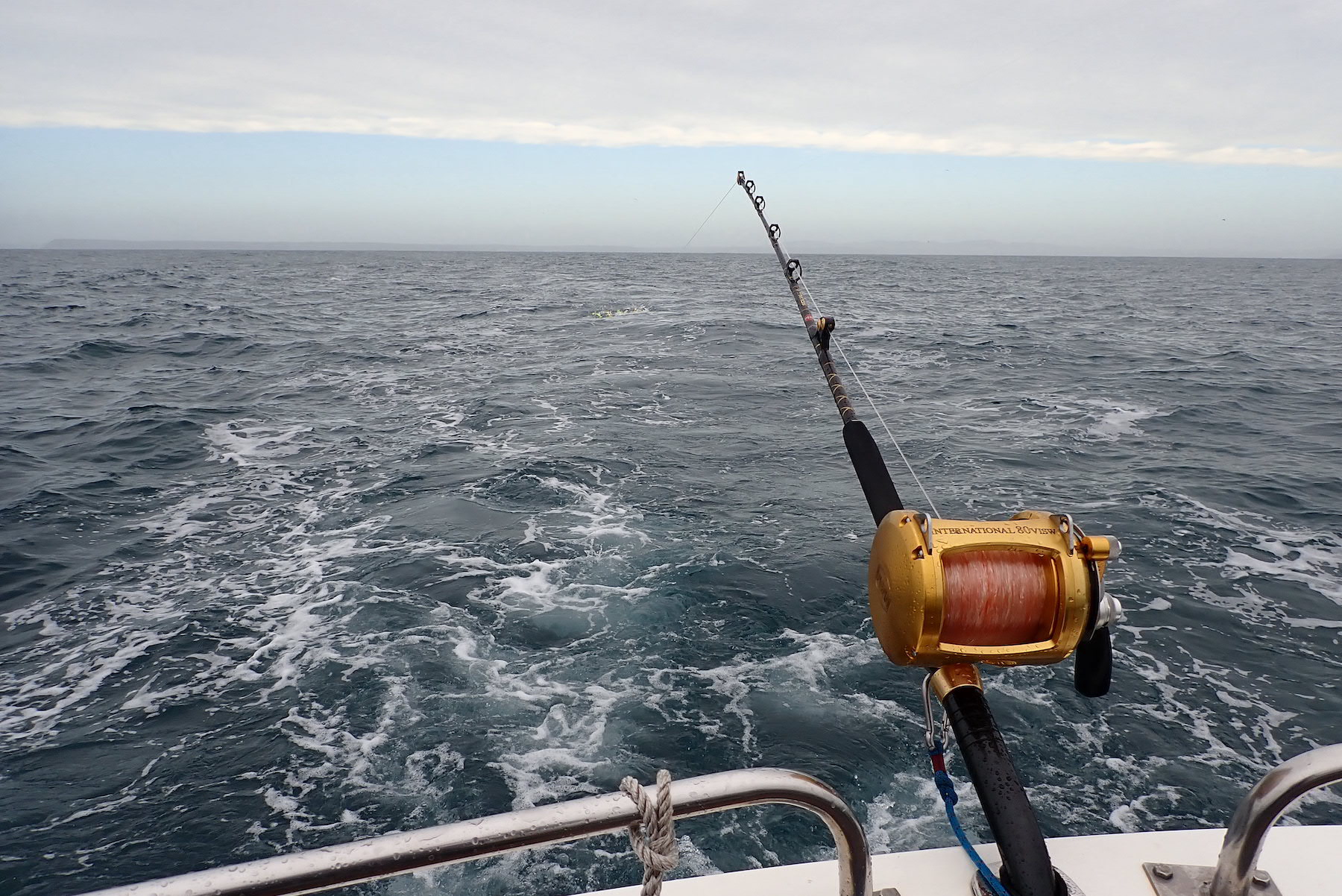
We chatted, waiting in anticipation, Dan provided tea and coffee at regular intervals. Gulls, storm petrels, a lone skua and gannets filled the sky.
The tuna were here in numbers and from time to time a huge fish would crash out of the water its sides glistening in the sunlight before crashing back into the calming sea.
Suddenly a screaming reel set off cries of “tuna !”
Jeff who was harnessed and ready stood beside the screaming reel waiting for the first run to slow and for the other rods to be cleared ready for the battle ahead.
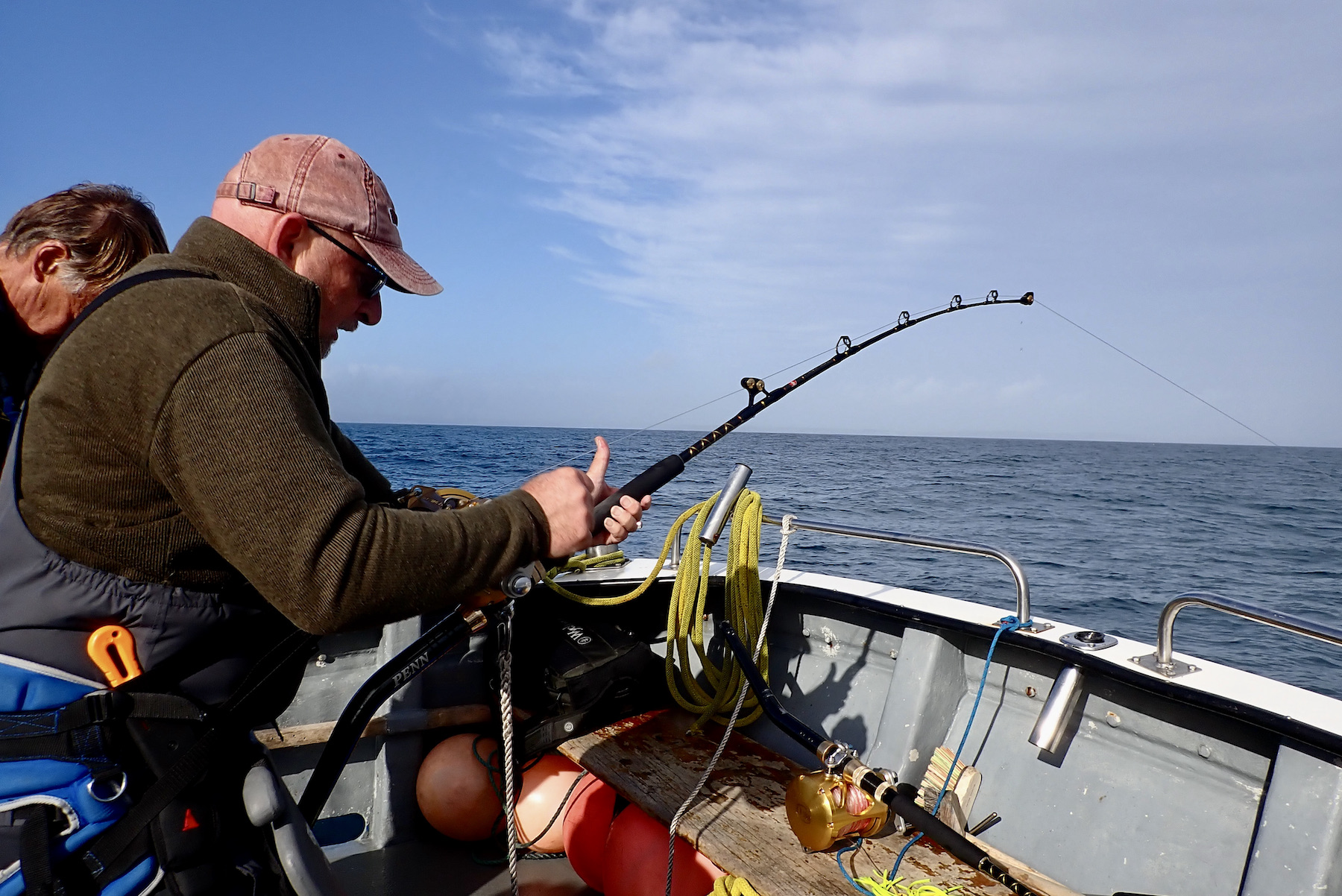
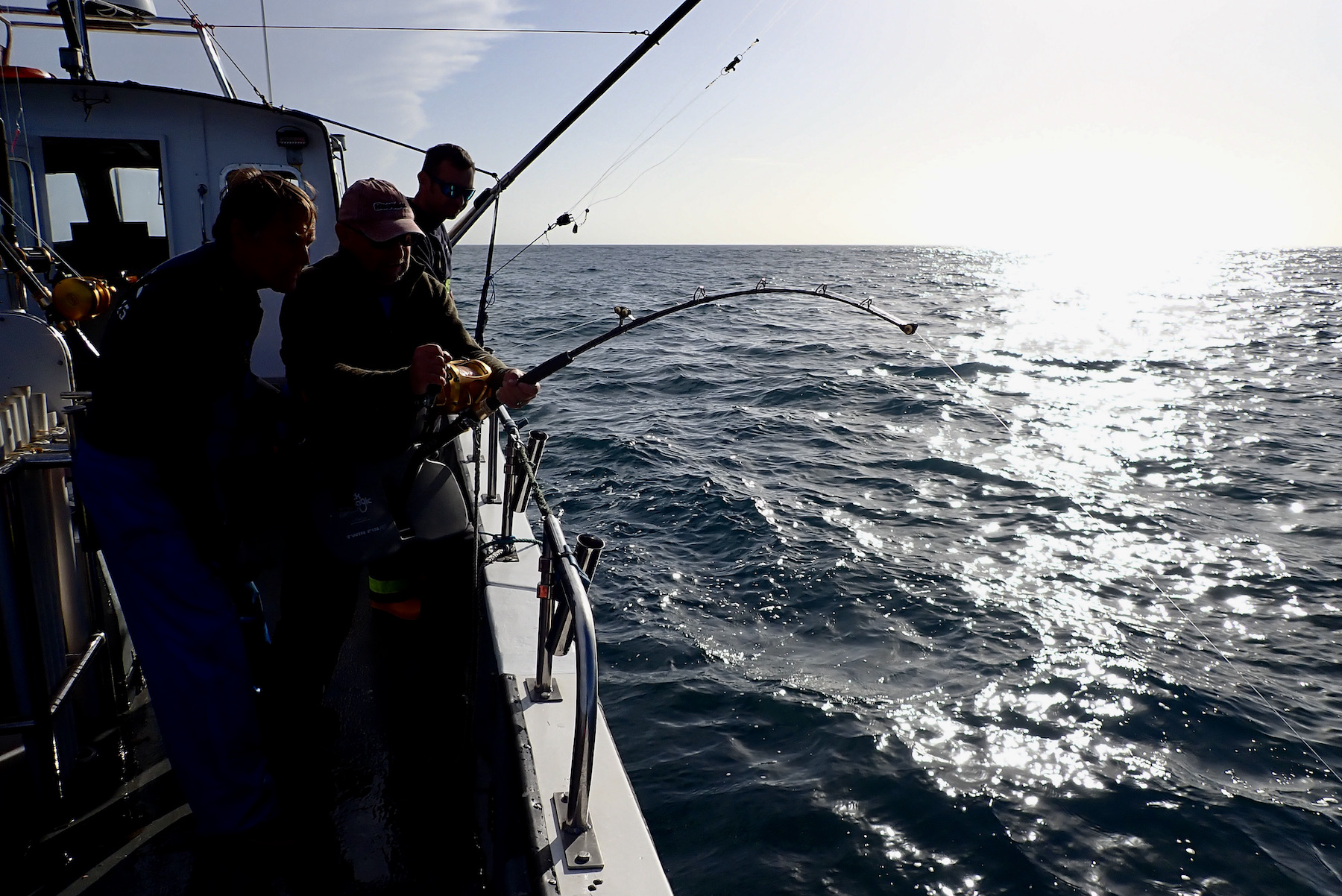
We all watched excitedly giving Jeff encouragement as he took the rod and commenced battle. Half an hour or so later the tuna was boat side and Dan grabbed the leader signifying that the battle was won. Sadly the fish detached itself at this point and Jeff did not get a picture.
It was Bruce’s turn next and we had to wait another couple of hours for the next fish. This was Bruce’s first tuna and he played the fish with determination savouring every moment.
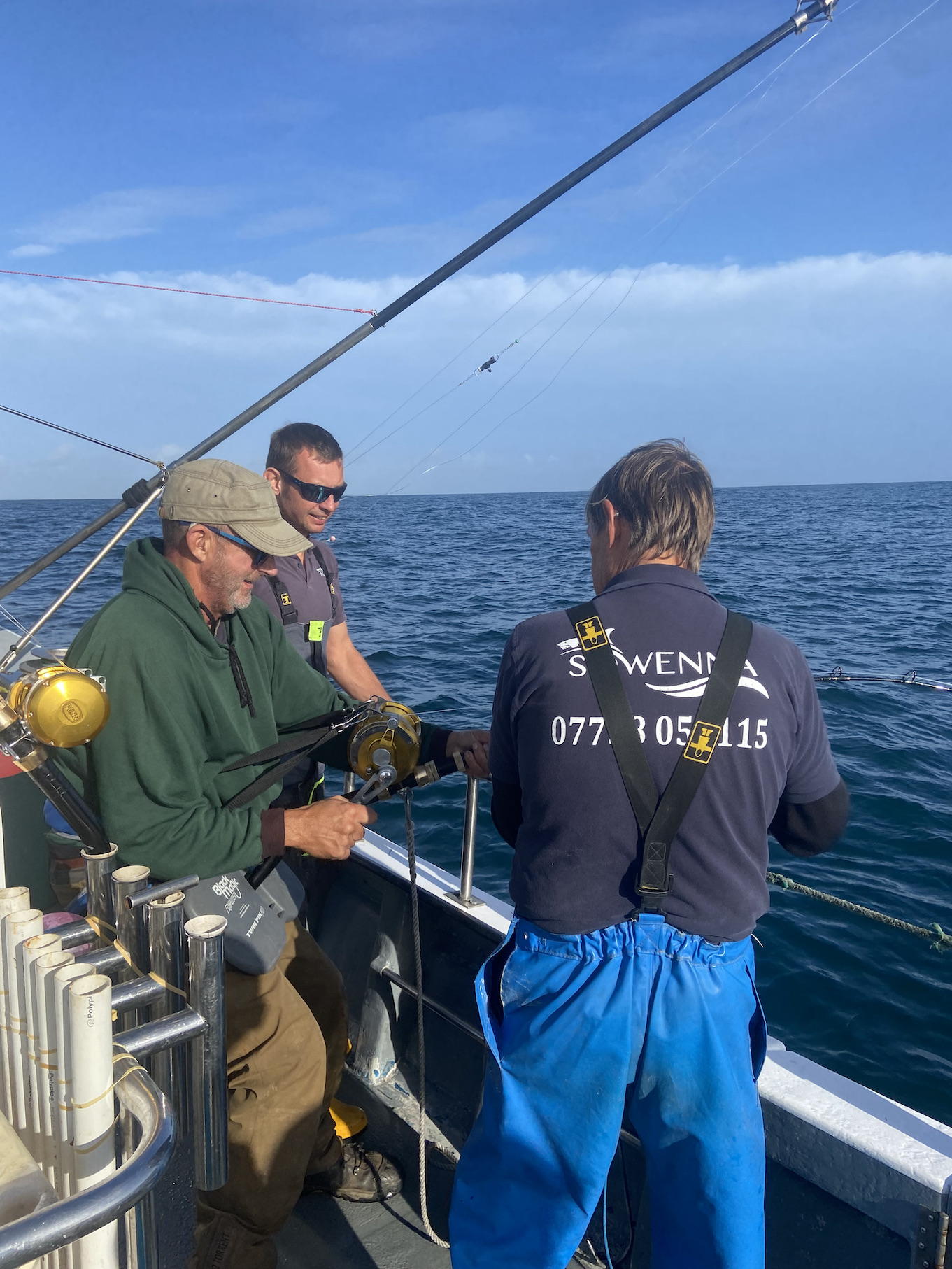
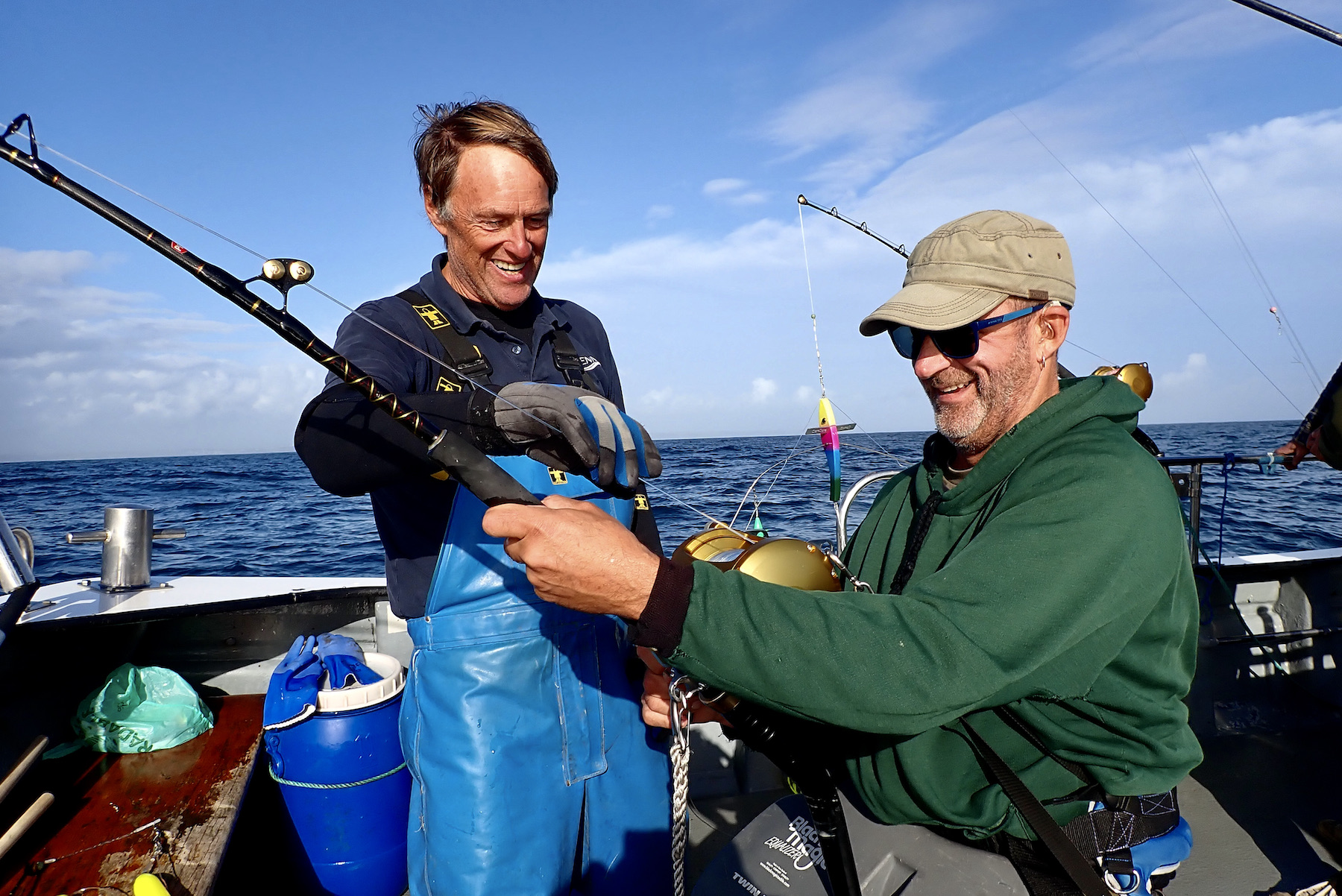
The tuna was eventually brought boat side where it drenched us all as its powerful tail thrashed the water to foam. The tuna was estimated at 160lb its flanks of silver, emerald and gun metal grey a sight to behold. We admired its beauty as the fish was allowed to recover whilst we captured valuable images of the triumphant moment to store in life’s memory trove.
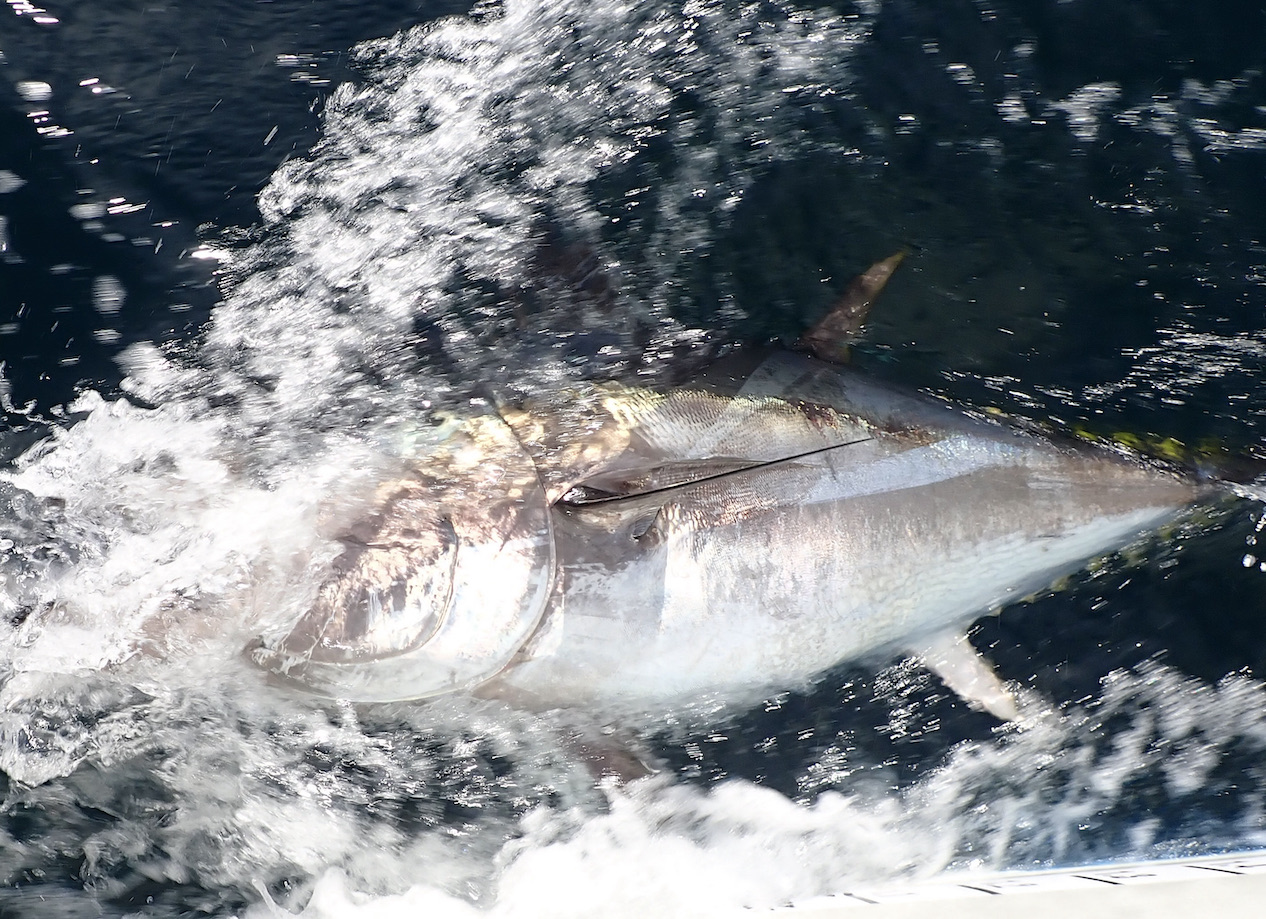
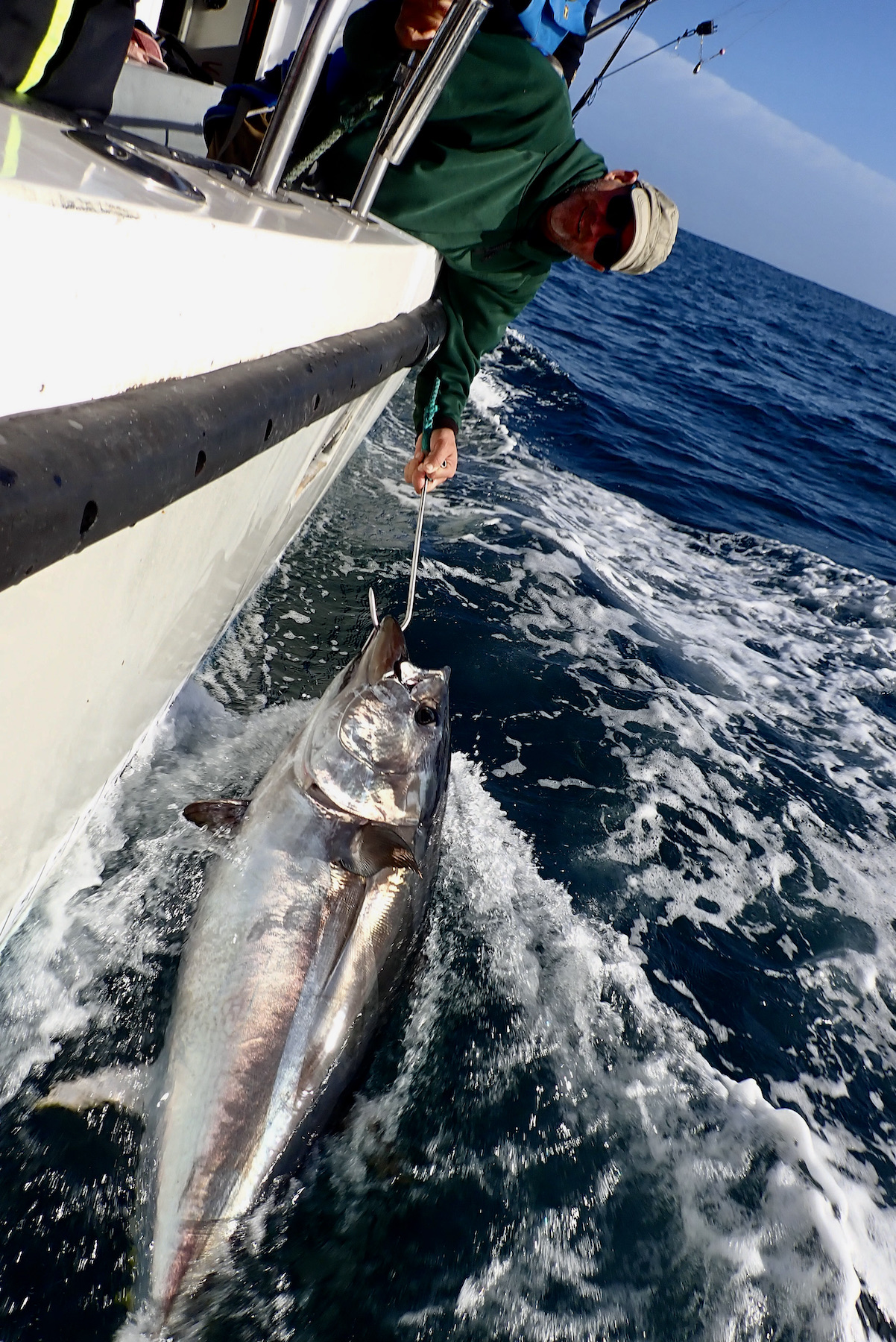
It was my turn next and I waited with mixed emotions. The sky was now a vivid blue the sun slowly sinking illuminating the vast seascape as the day ebbed away. Activity had by now eased the tuna and their prey had moved off. Pessimism was starting to battle with my expectation.
A half a mile or so closer to the shore we again spotted a large gathering of birds. John and Dan scanned the horizon with binoculars and we once again set off for a fresh area.
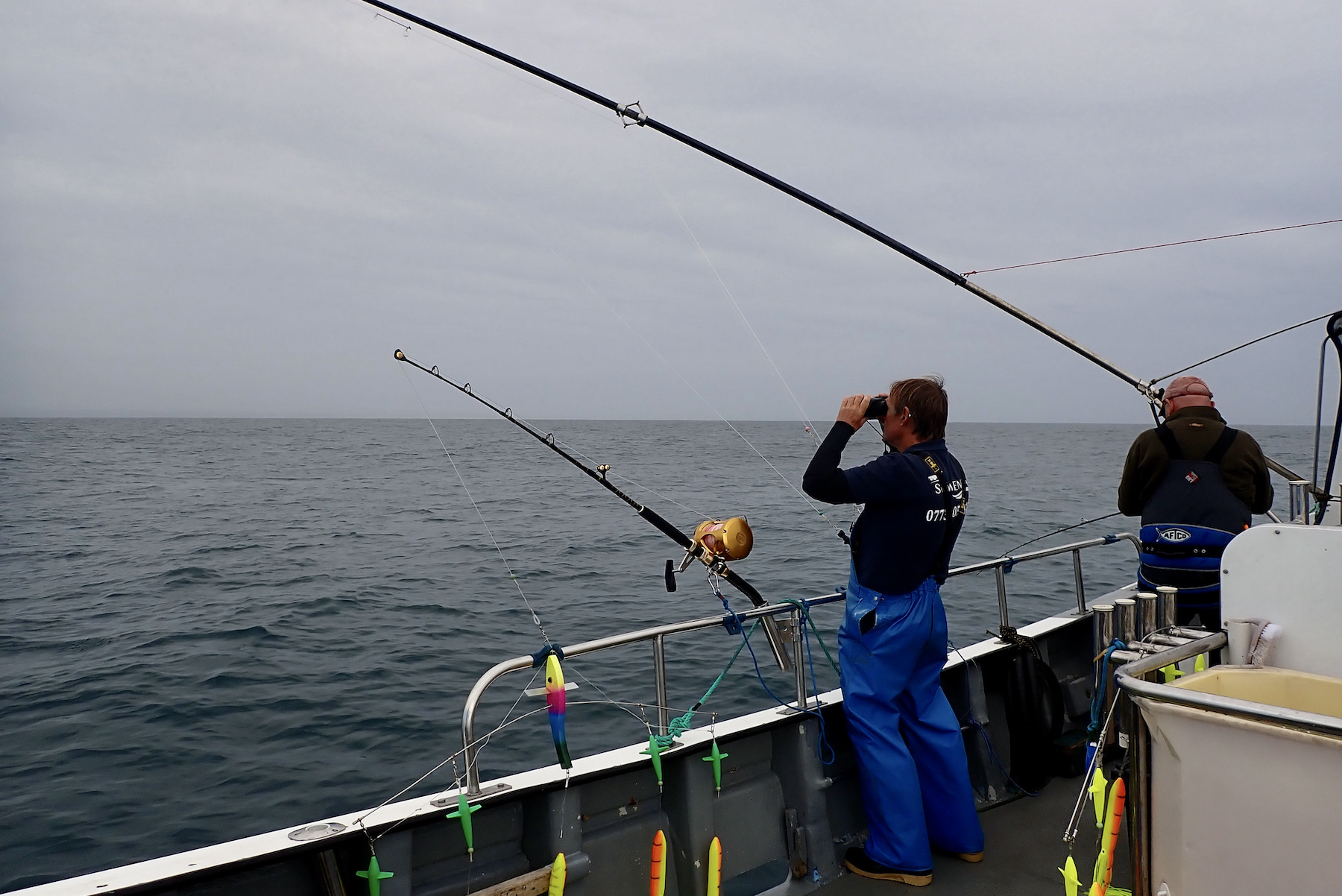
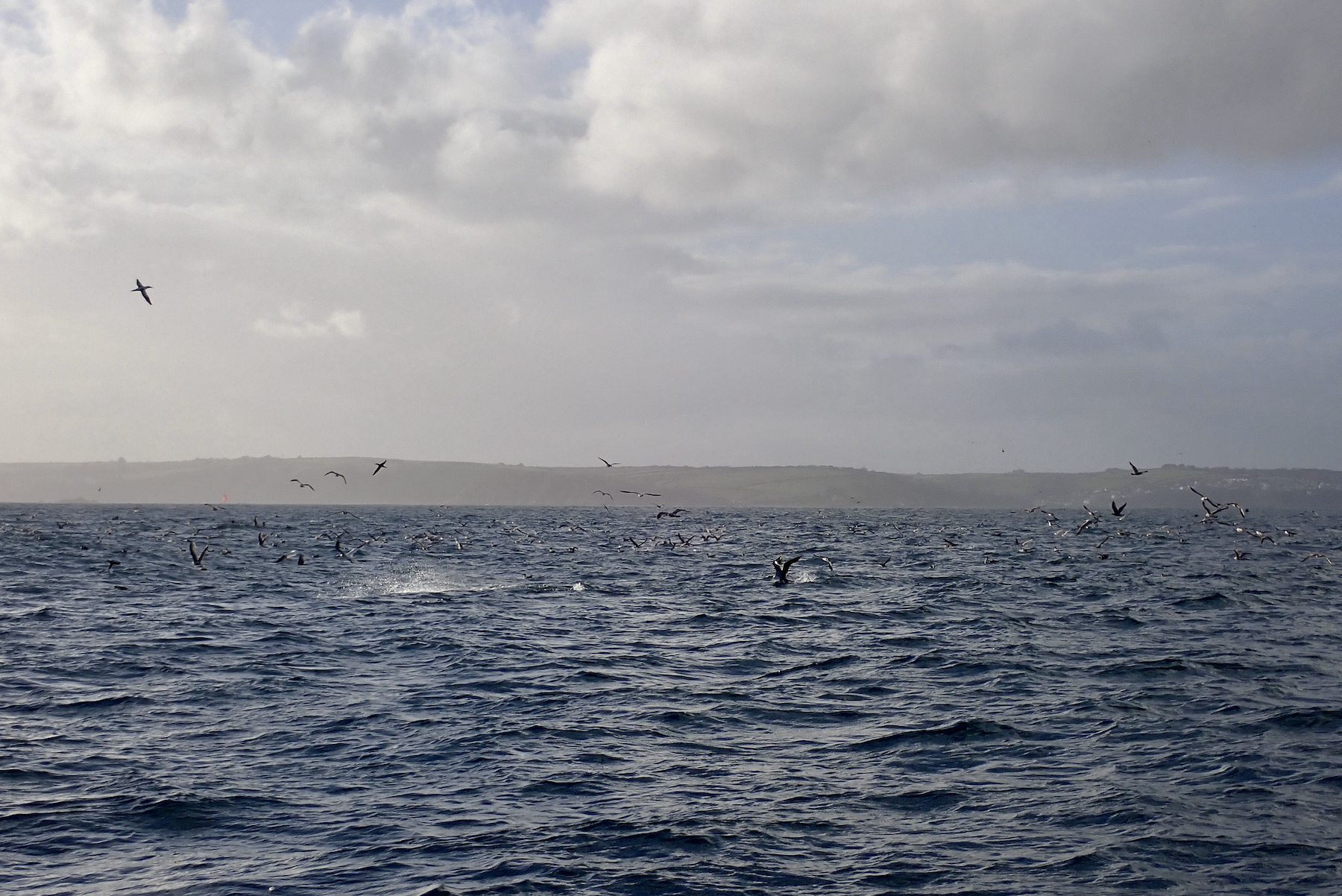
Gannets dived into the sea, gulls and other birds swooped in a feeding frenzy. Tuna broke the surface and the lures trailed through the feeding tuna to no avail.
Time was ticking, Dan really wanted to get me a tuna waiting and persevering with dogged determination and belief.
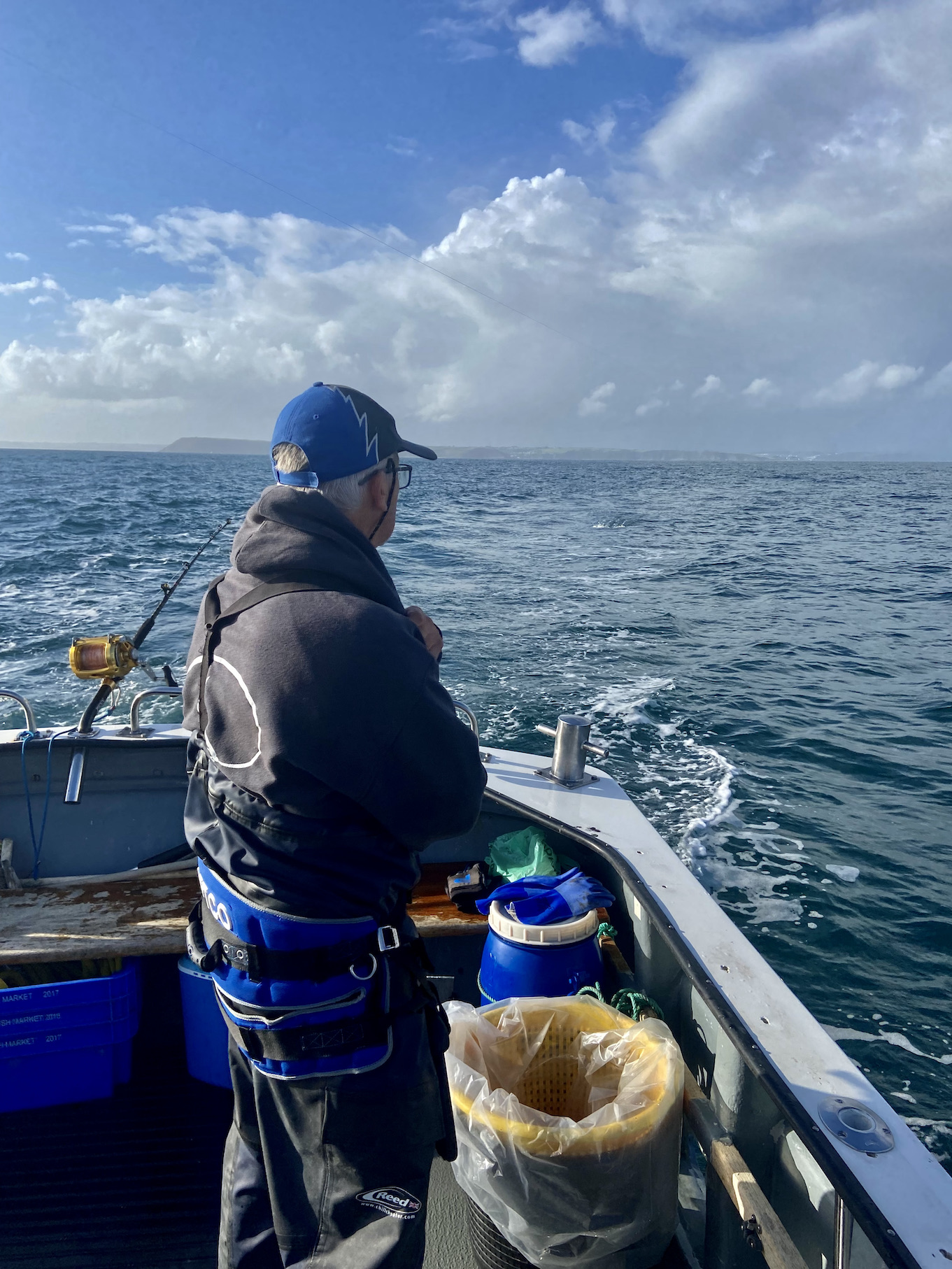
As my hope slowly evaporated it happened! The line flicked out of the clip the reel screamed and I took my place beside the rod and screaming reel. As the run eased I ensured the line remained tight whilst the other tackles were removed from the vast playing field.
I took the rod from the holder, Dan and John assisted in clipping the reel to the harness and I leant back to take the strain. Far away on the straining line a huge fish pulled back. The next half an hour was a game of give and take with line regained inch at a time with the powerful heavy fish taking it back with short powerful runs.
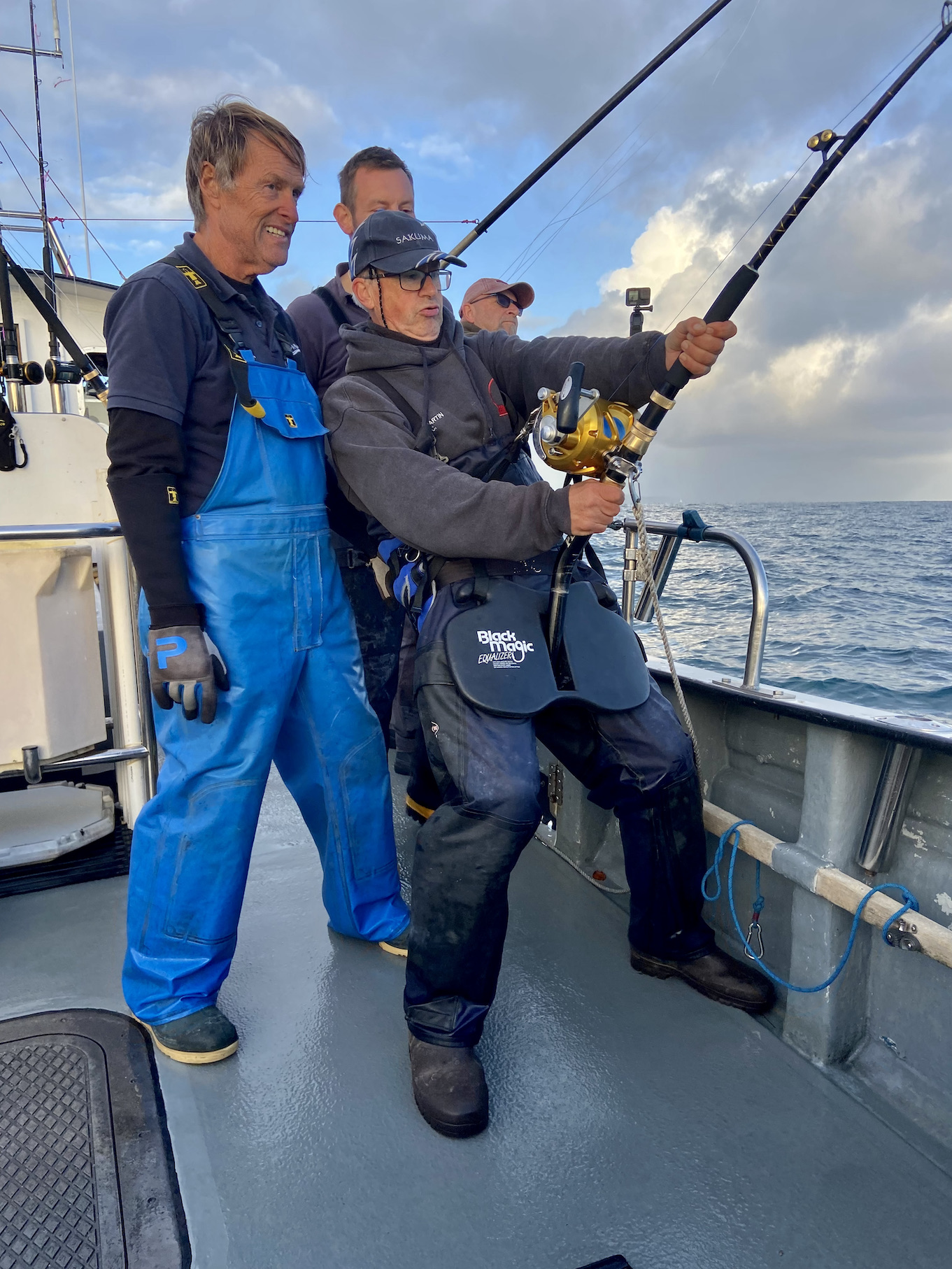
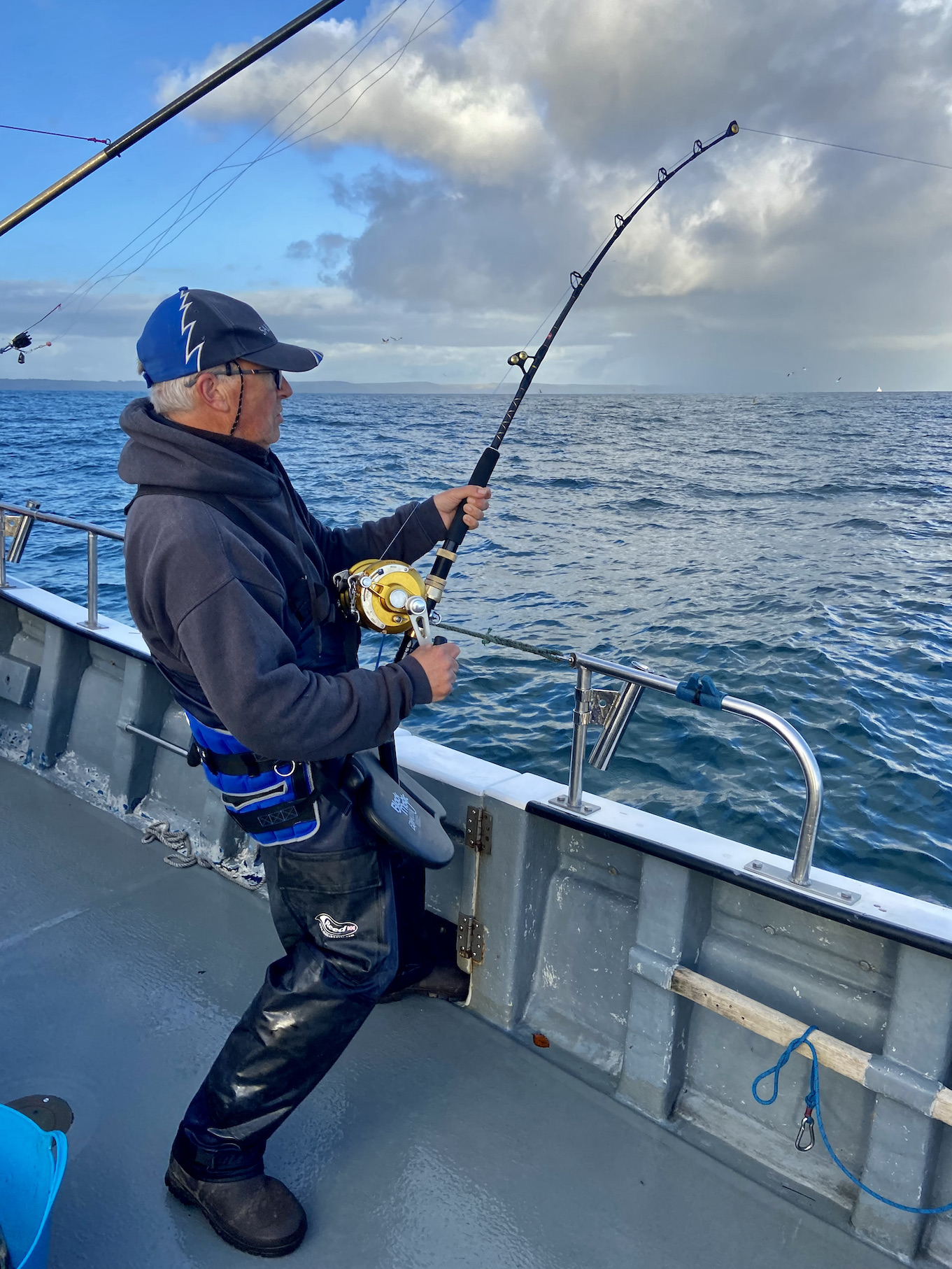
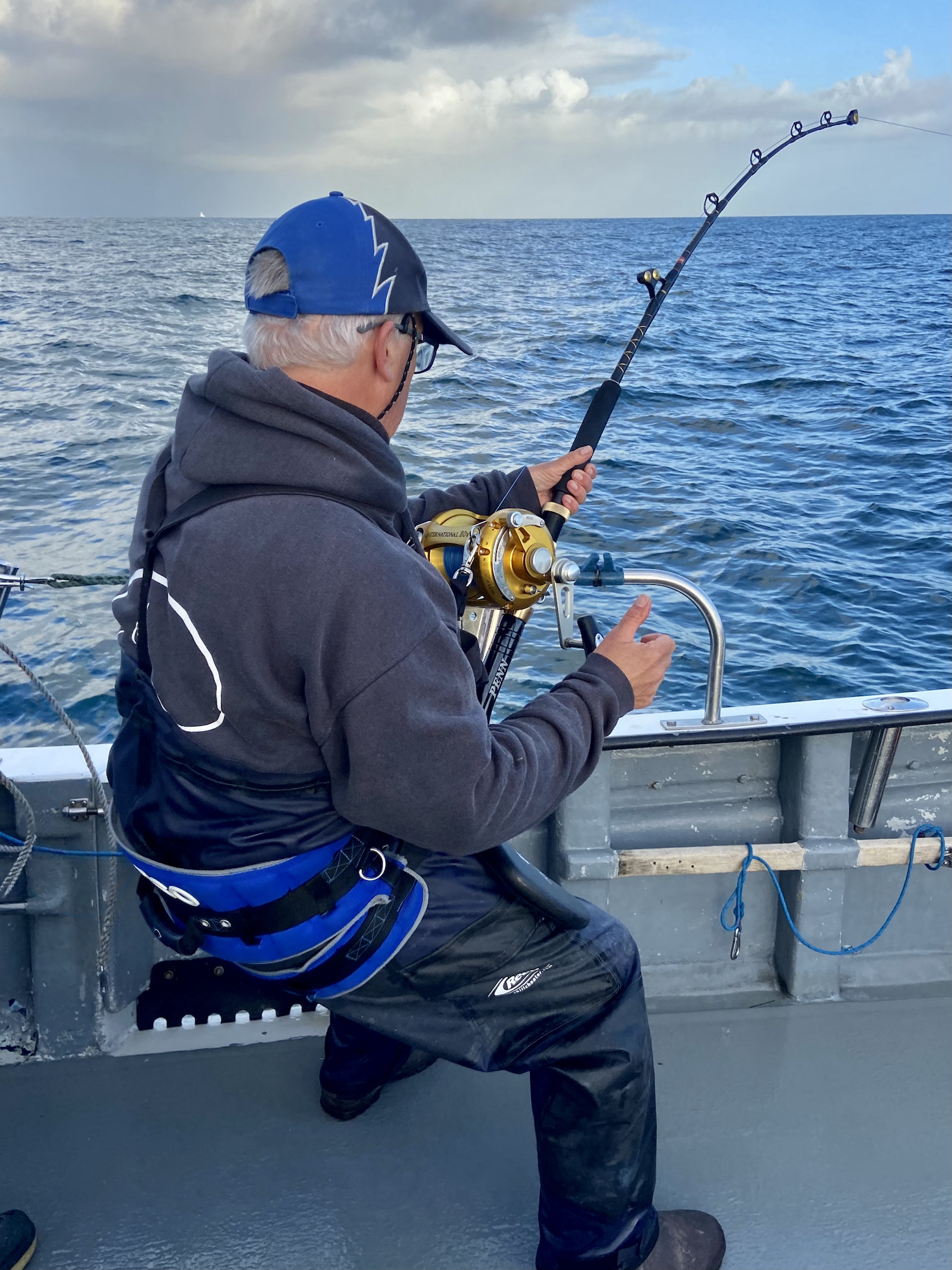
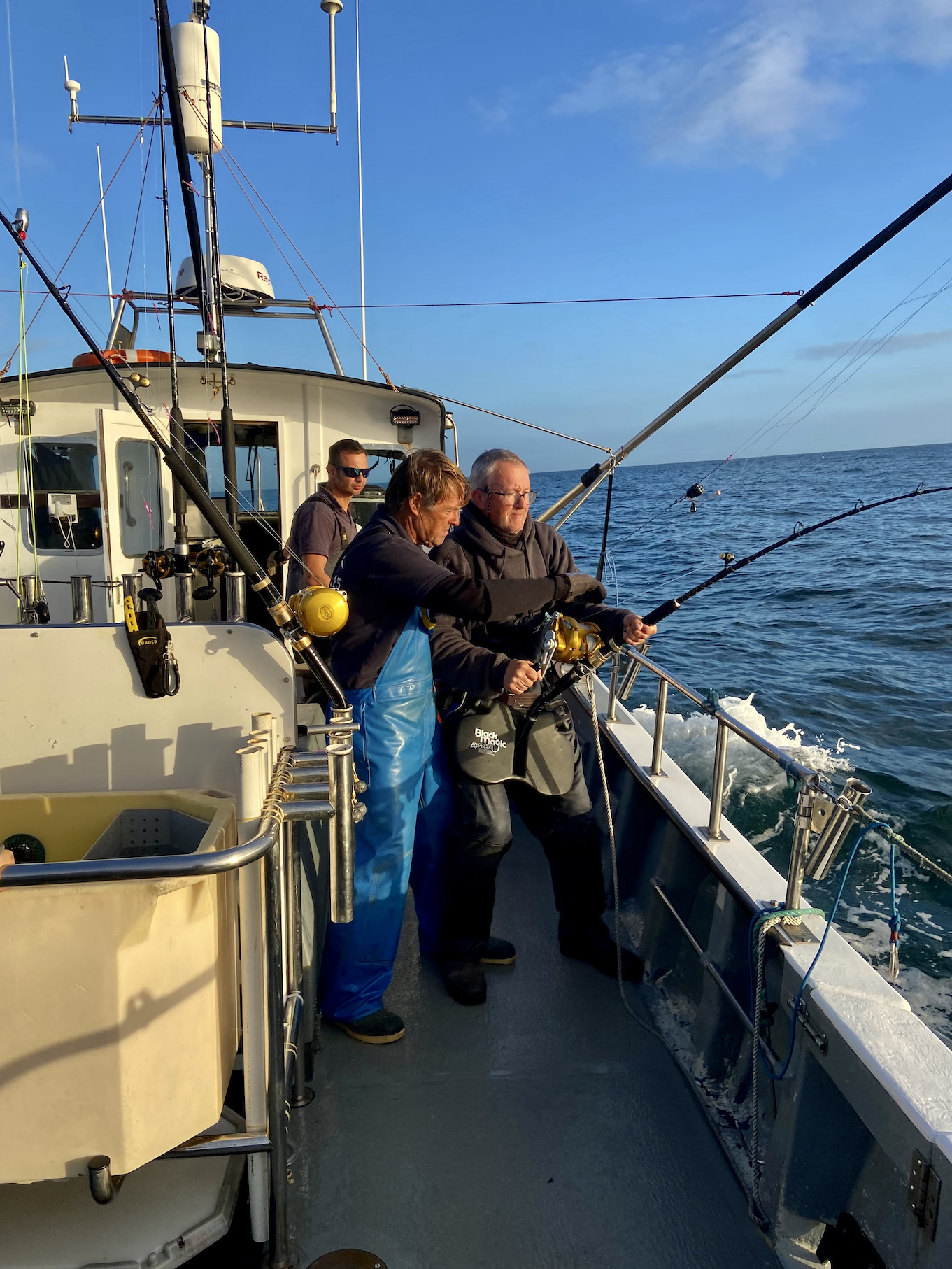
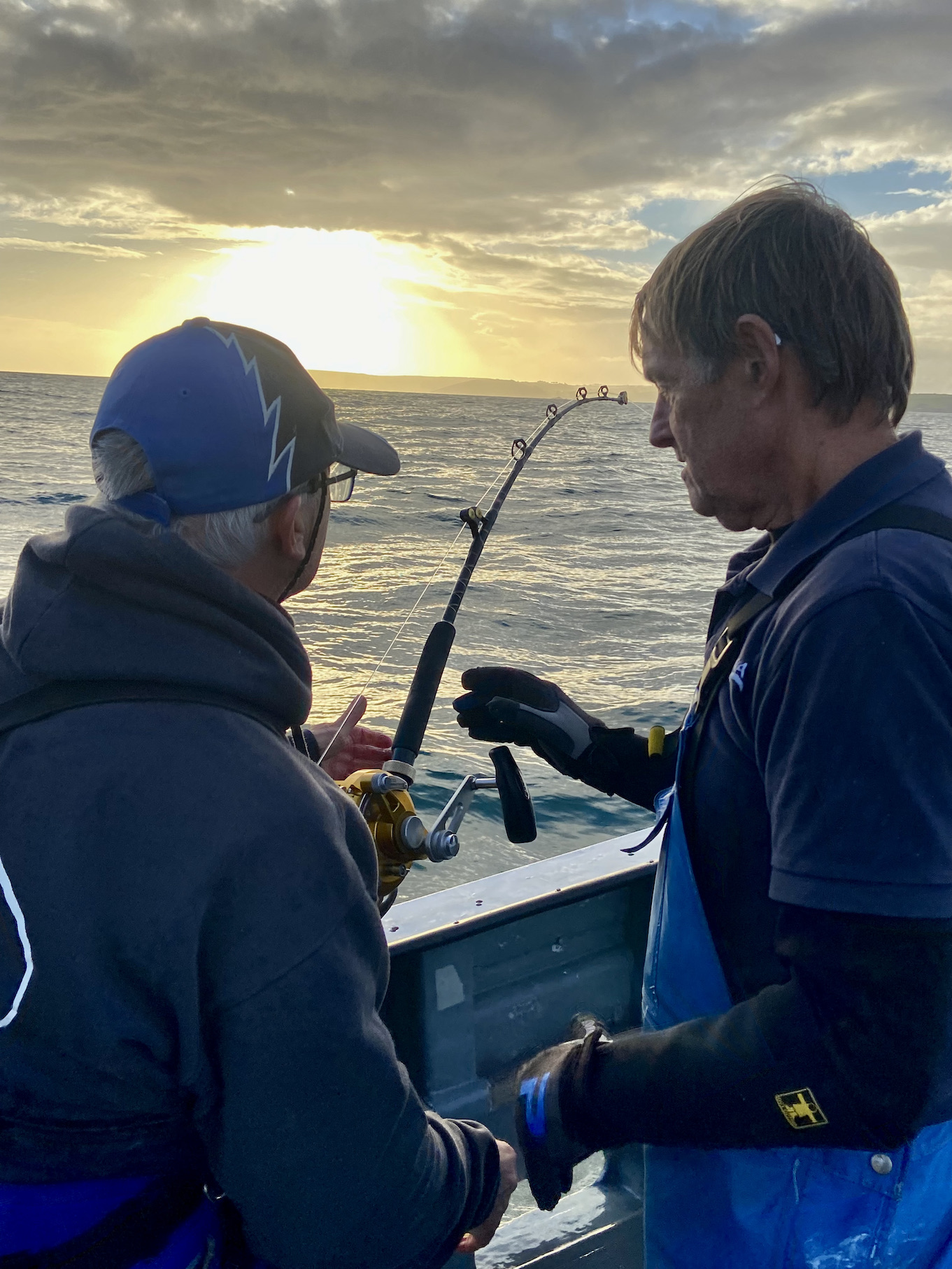
I savoured every moment of what seemed like the summit of an angling life. The sun slowly sinking towards the horizon as the fish that filled my dreams was tiring. Eventually the leader appeared and we all peered expectantly into the depths, the battle was seemingly won. Then unexpectedly the rod sprang back and that empty feeling of loss only an angler knows descended. The hook hold had given way the fish gaining freedom tantalizingly close to the boat. Dan and John congratulated me on getting my tuna. It was handshakes and congratulations for in one sense the deal was done I had caught a tuna.
“If you were intending to release the fish, then the leader wound to the rod tip or being grasped by a deckie can fairly be considered a caught fish.”
In footballing terms it seemed like a one all draw for it was neither a loss or a victory.
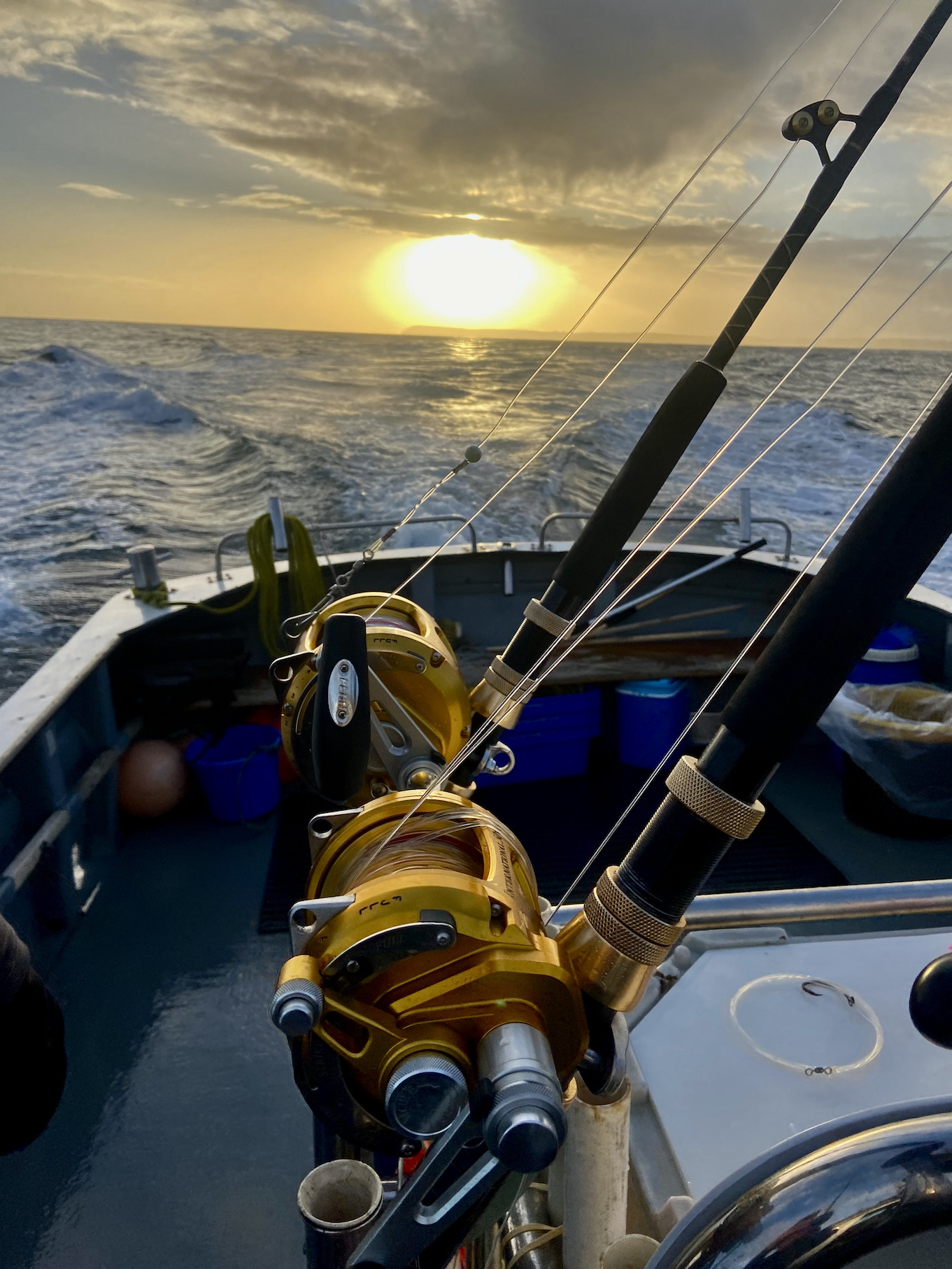
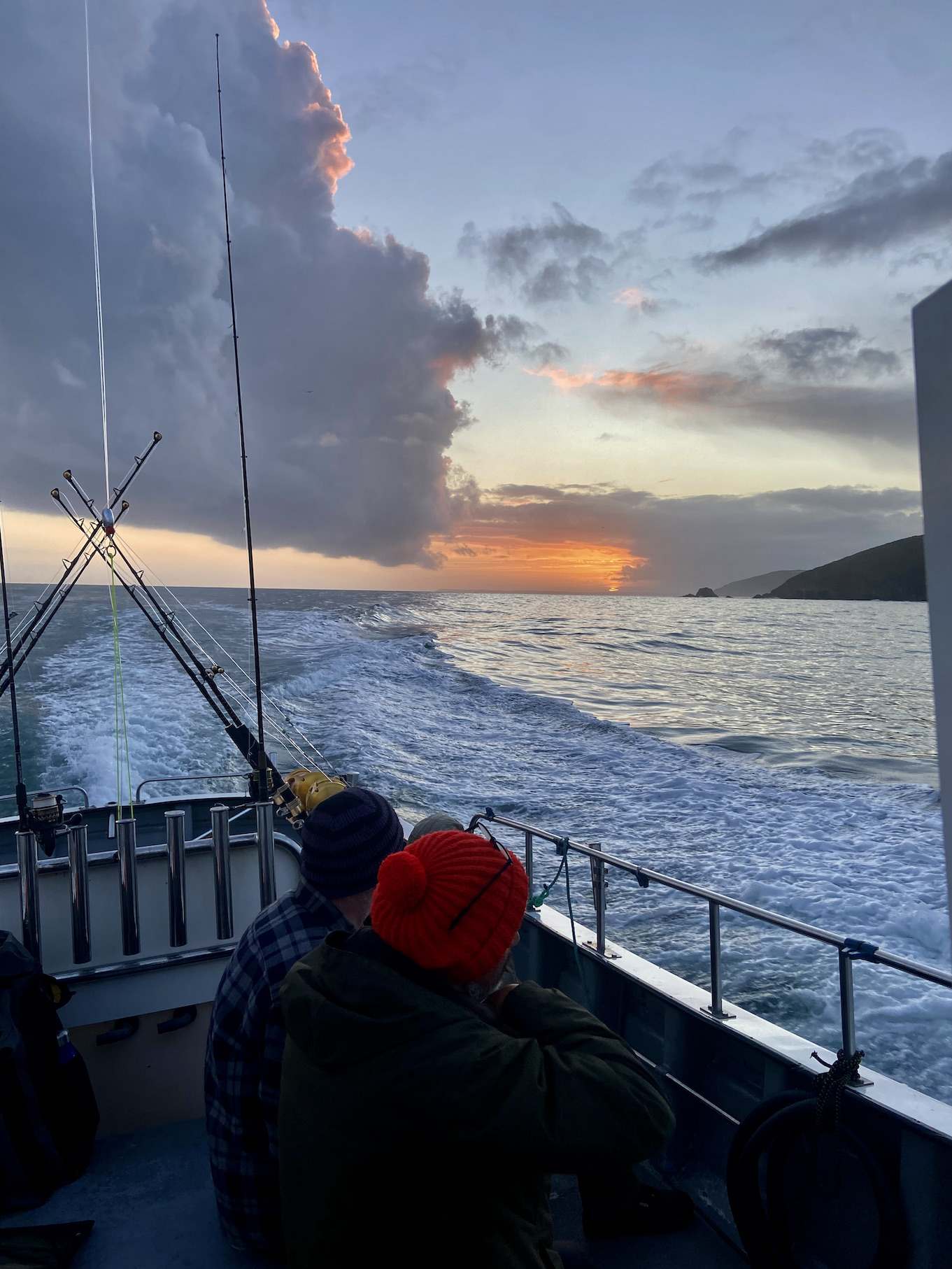
We steamed back to Looe the sun setting in the West as familiar landmarks on the Cornish coast passed by in the golden light of dusk. Gannets, glided over the calm waters I relived the drama of the day enjoying the company of fellow anglers vowing to return again to finish my quest.
Our son James had been mountain biking whilst I fished; he had successfully caught a 300lb plus tuna the previous year. As we approached the iconic Banjo Pier it was good see James sat rod in hand fishing. It was there that my lifelong love of angling had started with my own father. With the passion still burning strong I vow to return even as life’s autumnal years descend.
How long tuna will remain in British waters only history will reveal for there are no guarantees in this ever changing world we live in.


Dear Angling Trust Members & Supporters,
We are calling on you to join us at the upcoming March for Clean Water on Sunday, November 3rd in London. This is a great opportunity for anglers to make their voices heard on the urgent need for clean, healthy rivers and waterways, and we need as many of you as possible to join us.
We’ve already shared a video featuring our ambassador, Paul Whitehouse, alongside Bob Mortimer, encouraging support, now we’re asking you to be there with us in person. This march is about showing the strength of the angling community and the passion we have for protecting our waters.
Event details:
We’re asking everyone to wear blue as a show of solidarity, if you want to carry an old rod, or make up your own Anglers Against Pollution placard to show that the angling community stands united in the fight for cleaner, healthier waters. Your presence at the march will send a powerful message.
If you can’t attend, you can still support by sharing our social media posts to help spread the word.
This is our chance to make a difference, and we need you with us. We hope to see you there!
For updates see here.
 Dear Members,
Dear Members,
If anyone has any proposals for the AGM 15th Nov, they must be received by midnight tonight, with a proposer and seconder. sent to [email protected]
Thank you
Mervyn Club Secretary.


Barnstaple & District Angling Club AGM will be held in the Ebberly Arms, Bear Street, Barnstaple on Tuesday 12th November at 7.30pm. There is free evening parking in the car park at the rear. This is always a friendly social evening, and we are expecting a good attendance as in previous years.

Following on from the very successful Dan Miles Redmore Memorial Competition Triple Hook Club are launching their Flounder Open Schedule for 2024
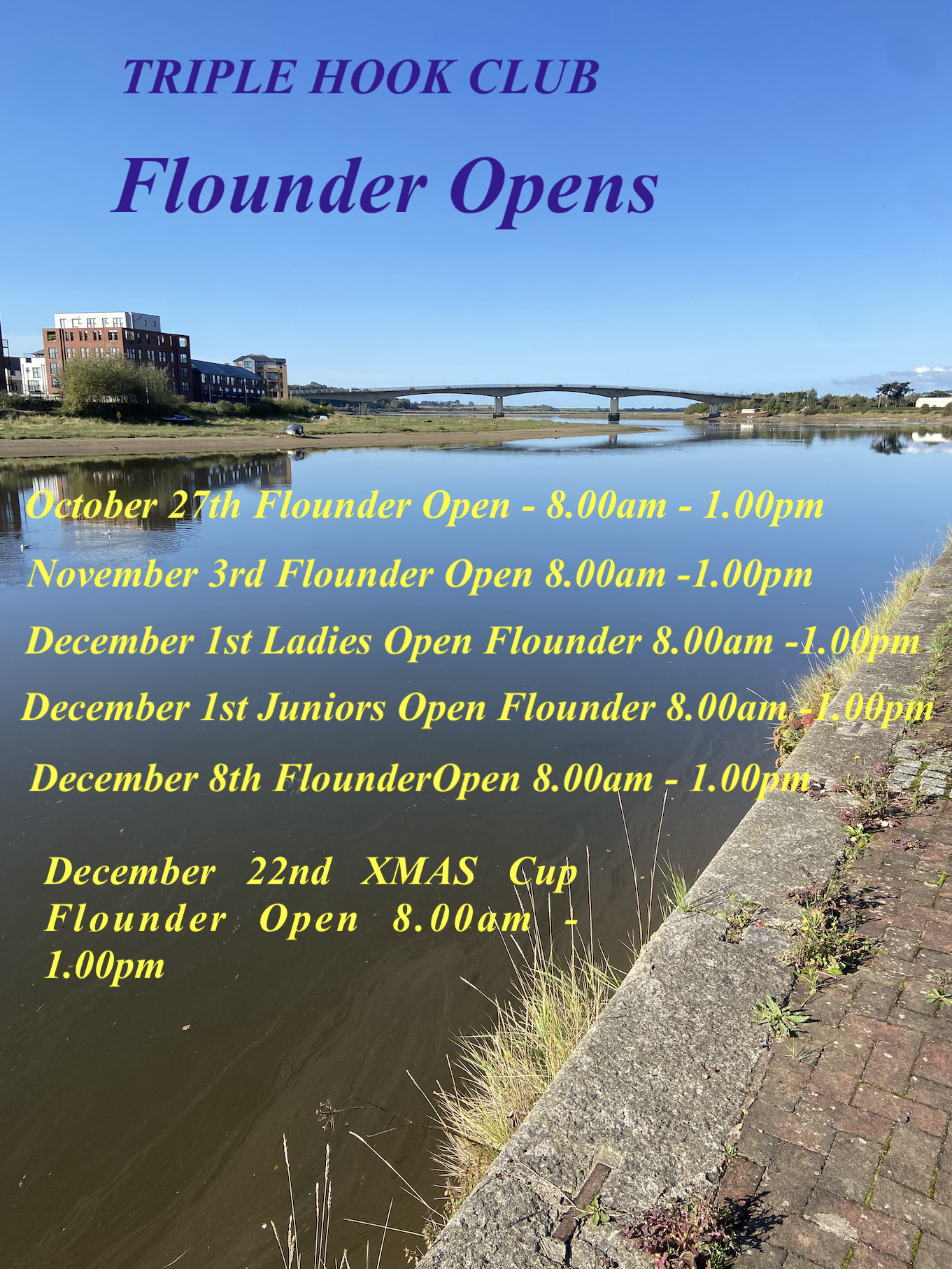
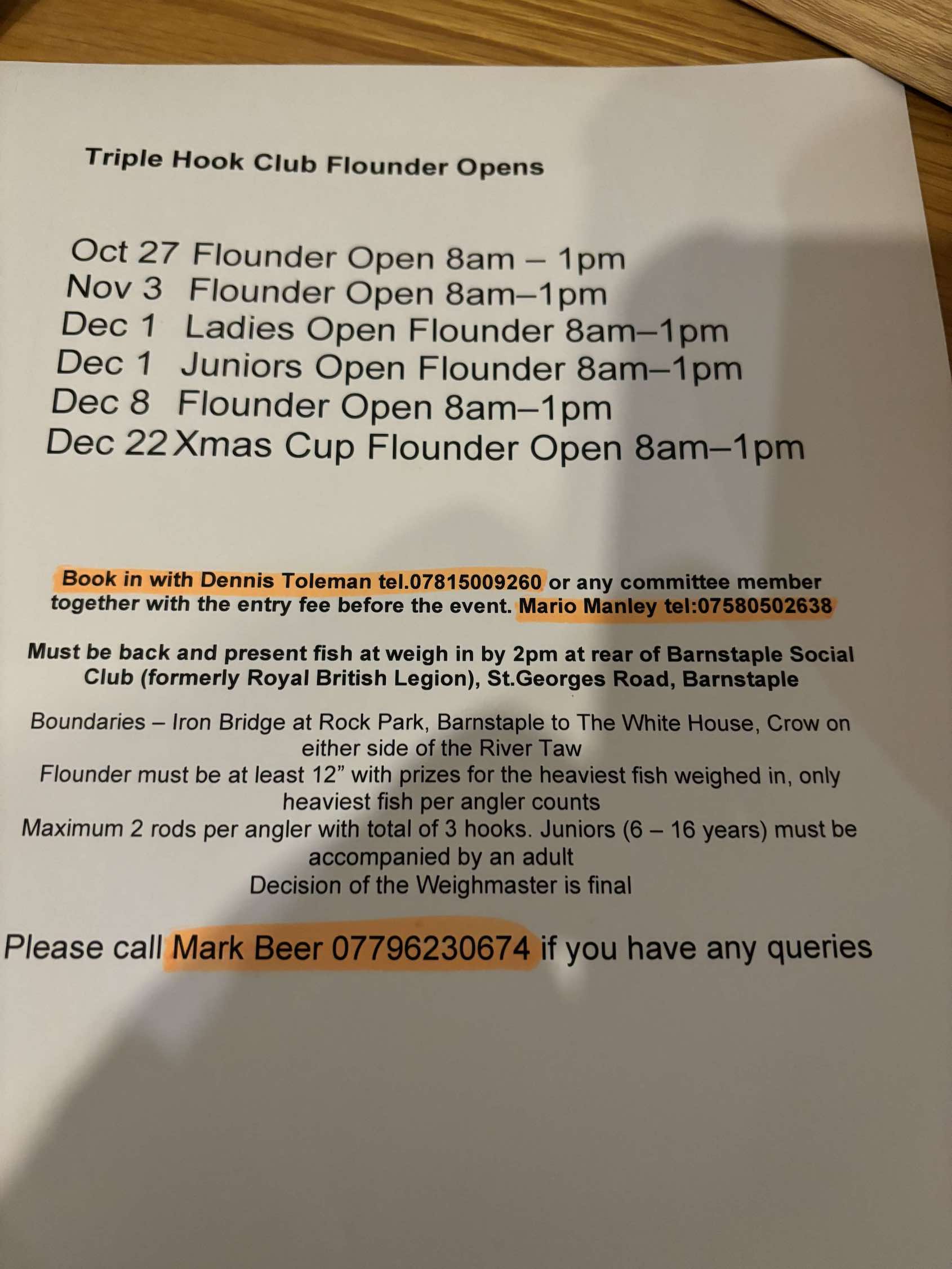


|
|---|
Today’s digital world is fast paced, always on and it’s made our lives better in many ways, but it’s also made us more stressed. Witness the rise of yoga, meditation, wellbeing apps, therapists, mindfulness and such like as an antidote to our deteriorating mental health. According to the British Medical Association, mental health services in England received a record 4.6 million referrals during 2022 (up 22% from 2019), and there simply aren’t enough doctors to match it. YOUR OBJECTIVE ISN’T THE ENDGAME: So how exactly can fly fishing help? Firstly, catching fish isn’t that important. If you wanted to catch a fish, there are more effective ways than fly fishing. These days the majority of fly fishers now practise catch and release, and personally speaking I much prefer the satisfaction of safely releasing a fish than actually catching it. Another American, author Zane Grey, said “if I fished only to capture fish, my fishing trips would have ended long ago”. So if it’s not to catch fish, why do we do it? There is a myriad of reasons here, however in broad terms I think they can all be narrowed down to one simple answer – how it makes you feel.
|
ONE LONG JOURNEY:
One of the things I love about fly fishing is that you never stop learning. You can get familiar with the basics of casting and fishing reasonably quickly, but the art and science of fly fishing takes time to master. Fly fishing provides a lifetime of learning and improving, of challenging yourself, trying different things until you work out what works. And what works one day doesn’t always work the next. Heraclitus, an ancient Greek philosopher from around 500 BC, said “no man ever steps in the same river twice, for it’s not the same river and he’s not the same man”. But that’s the fun of it, the constant learning, the variety, the challenges, pitting your wits against the fish and the conditions. Fly fishing can be as all-consuming as you want it to be. It’s a hobby and passion that can be with you throughout your life, an ever giving partner, an endless source of enjoyment, despite whatever else is going on. It’s one long journey that makes you feel good.


|
MANY SHORT JOURNEYS: A fishing trip can be split into 3 parts: anticipation, enjoyment, recollection. There are two types of anticipation for me. Firstly, the months and weeks leading up to the opening of the trout river season, a time of checking over tackle, replenishing fly boxes and wondering how the river might have changed, what tactics I might use and when. Then there is the giddy anticipation the day before an actual fishing trip, getting your gear packed, keeping an eye on the weather and water conditions, and if you’re fishing with a friend usually a healthy exchange of eager WhatsApp messages full of hope. Then of course there’s the actual enjoyment of the day itself. A great cast to a tricky place, the satisfaction of adapting tactics to outwit an unwilling quarry, watching a fish released, a nice lunch by the riverside, damsels dancing in the air, the flash of a kingfisher swooping past, plucking a blackberry from the brambles that caught your fly when casting, the sounds of the countryside, not thinking about work or life, just being in the moment in a place of beauty. And when it’s over, then there are the happy recollections, not just later that day as you smile thinking back, but also the amazing moments and memories that keep you going through the winter months. Anticipation, enjoyment, recollection. Every time you go fishing. Many short journeys that simply make you feel good.
FISHING AS THERAPY: In 2021 fishing was officially prescribed by the NHS to help people suffering with anxiety and depression. Farlows sister brand Sportfish, which runs the Sportfish Game Fishing Centre with two spring-fed crystal clear trout fishing lakes, is now an approved supplier and partner for the Get Fishing For Wellbeing program from the Angling Trust, the national fishing governing body. Fishing as therapy is nothing new – for decades there have been fly fishing charities supporting military veterans to cope with Post Traumatic Stress Disorder (PTSD) and combat fatigue. A new feature film called Mending the Line starring Brian Cox is now available on Netflix, about an old Vietnam veteran and a young Afghanistan one finding healing for their traumas through fly fishing and friendship.
The BBC’s hugely successful TV show “Mortimer & Whitehouse: Gone Fishing”, now in its 6th series, is all about fishing as therapy. Its origins lie in Paul Whitehouse discovering Bob Mortimer wasn’t going out anymore following his triple heart bypass surgery and inviting him out fishing. Mortimer loved it and later said “I’ve never felt anything like it. There comes a moment when you realise that you’ve said nothing for an hour and a half. I haven’t thought about anything else. I haven’t worried about the past, or future”.
THE SCIENCE BEHIND THE WELLBEING: According to The Royal College of Psychiatrists there are 4 key areas as to why fly fishing is so beneficial for your health:
When fly fishing, you’re concentrating solely on what you’re doing and the beauty of where you’re doing it. For hours, all the pressures of work, home life and the modern world are forgotten. This leads to lower stress levels, and studies show this reduction in cortisol (stress hormone) can have a positive effect for up to 3 weeks. With an opportunity to learn new skills, meet new people in both a sociable setting and have some tranquil time with just yourself in nature, it’s no surprise there’s a new generation using fly fishing as a form of meditation and a means to support their physical and mental wellbeing. Especially given these days neither the kit nor the fishing itself needs to be expensive, and good fly fishing can be found pretty much everywhere. Especially at the Arundell.
|
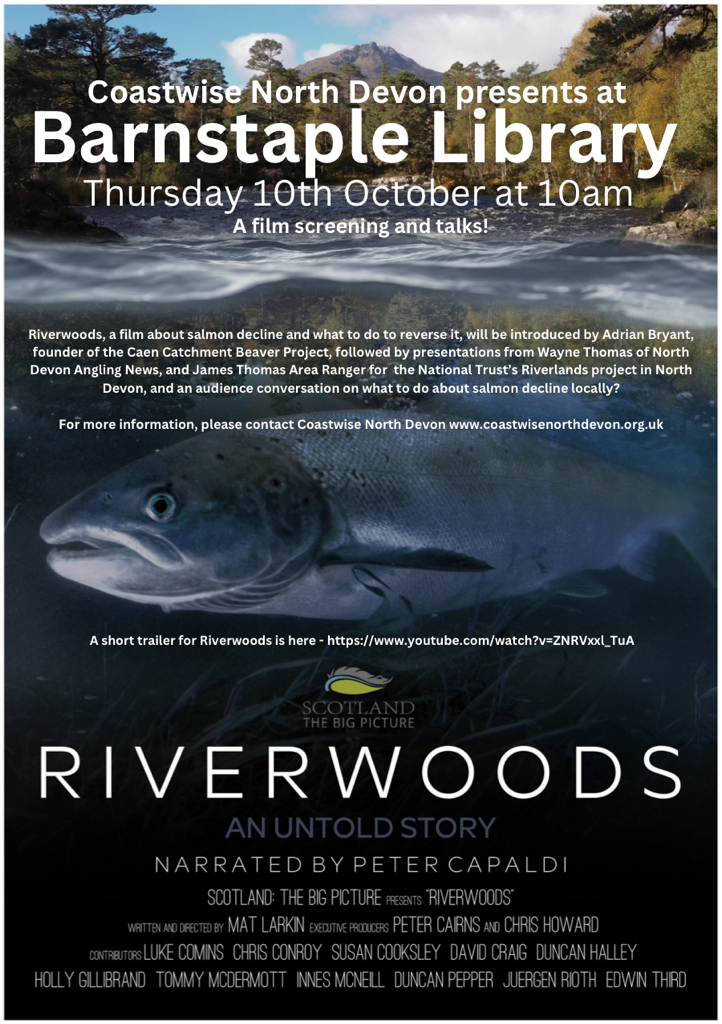
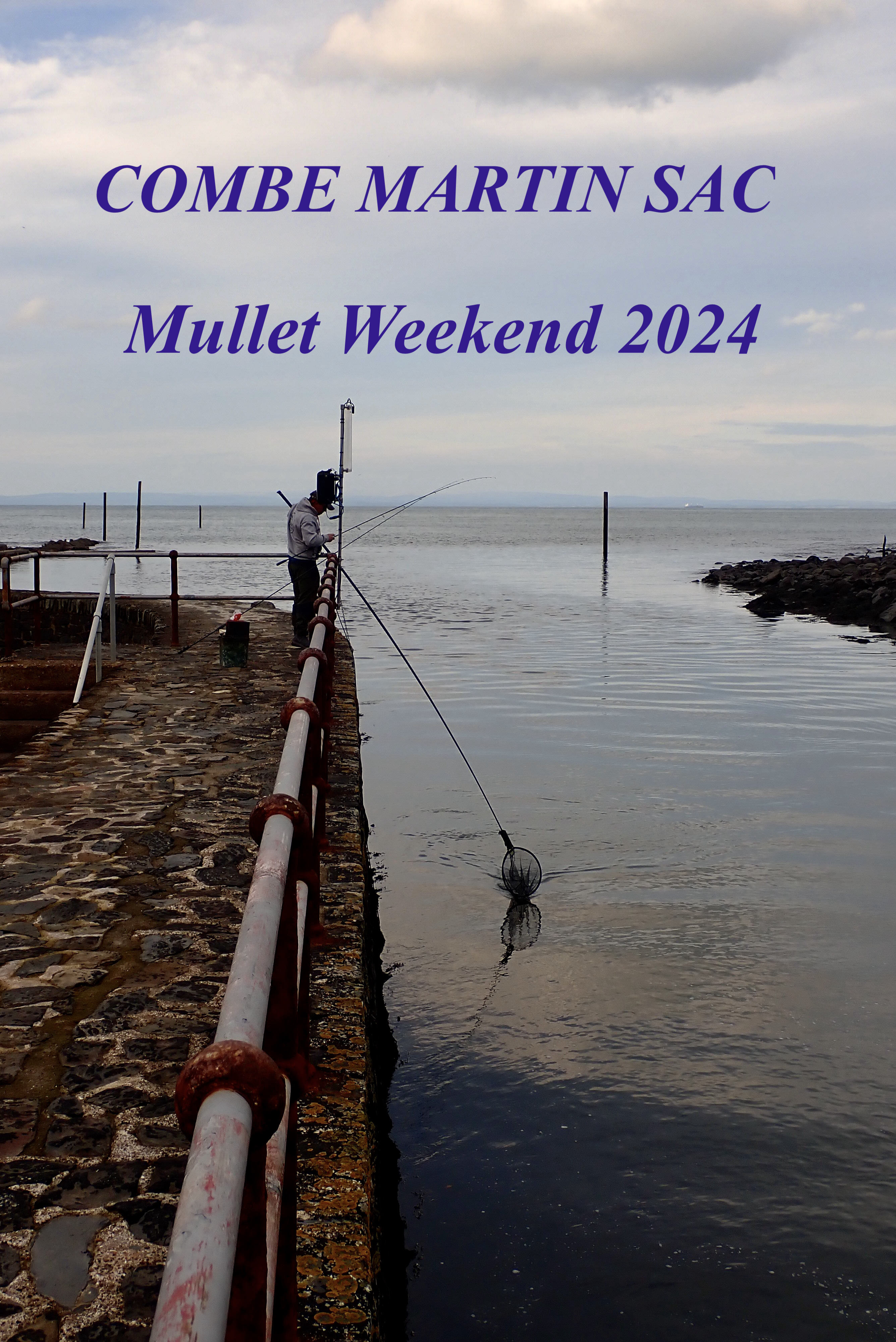
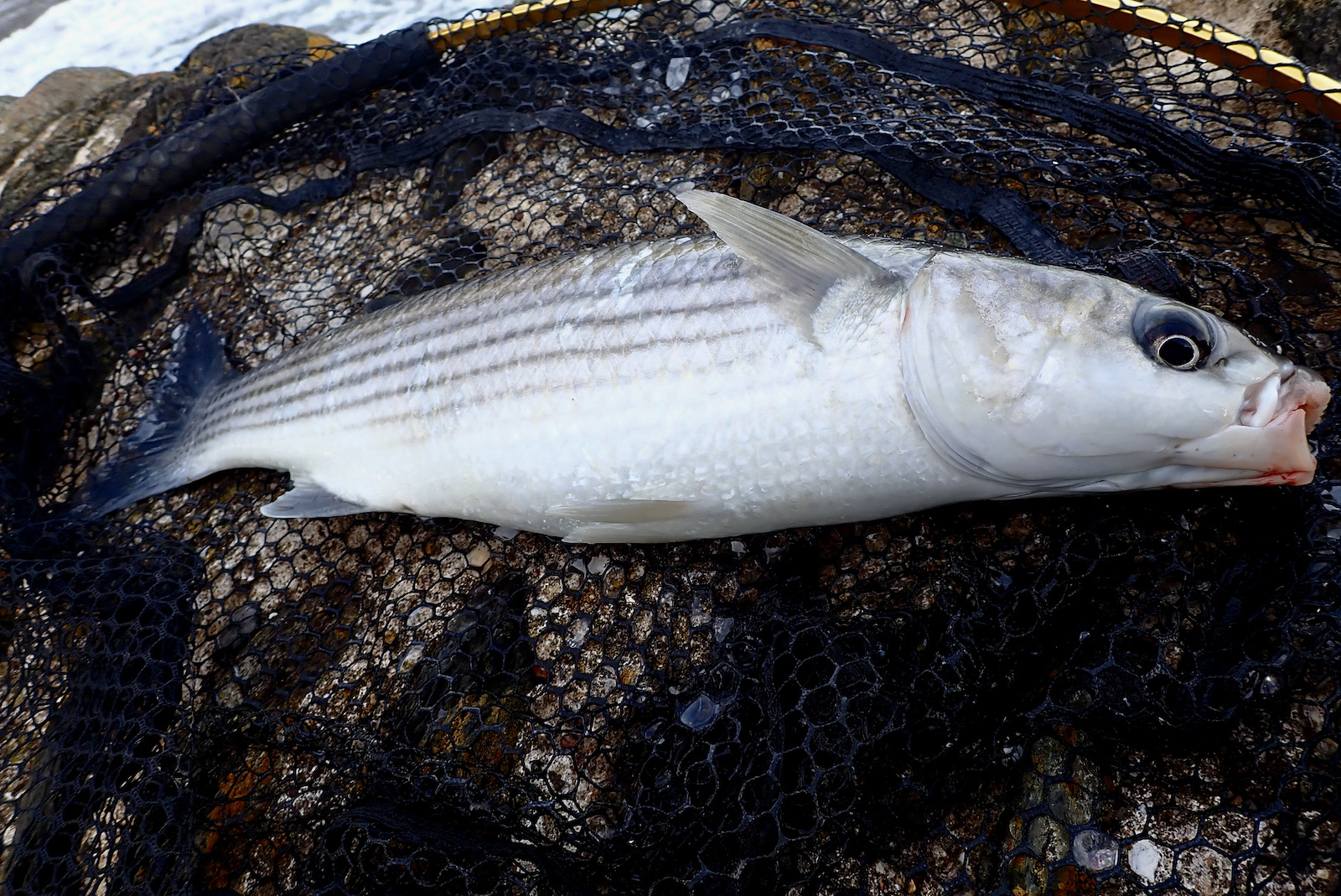
Combe Martin SAC held a weekend long competition for the mullet anglers in the club that was fished between seven keen members. Fishing a variety of marks a total of 32 mullet were caught over six tides.
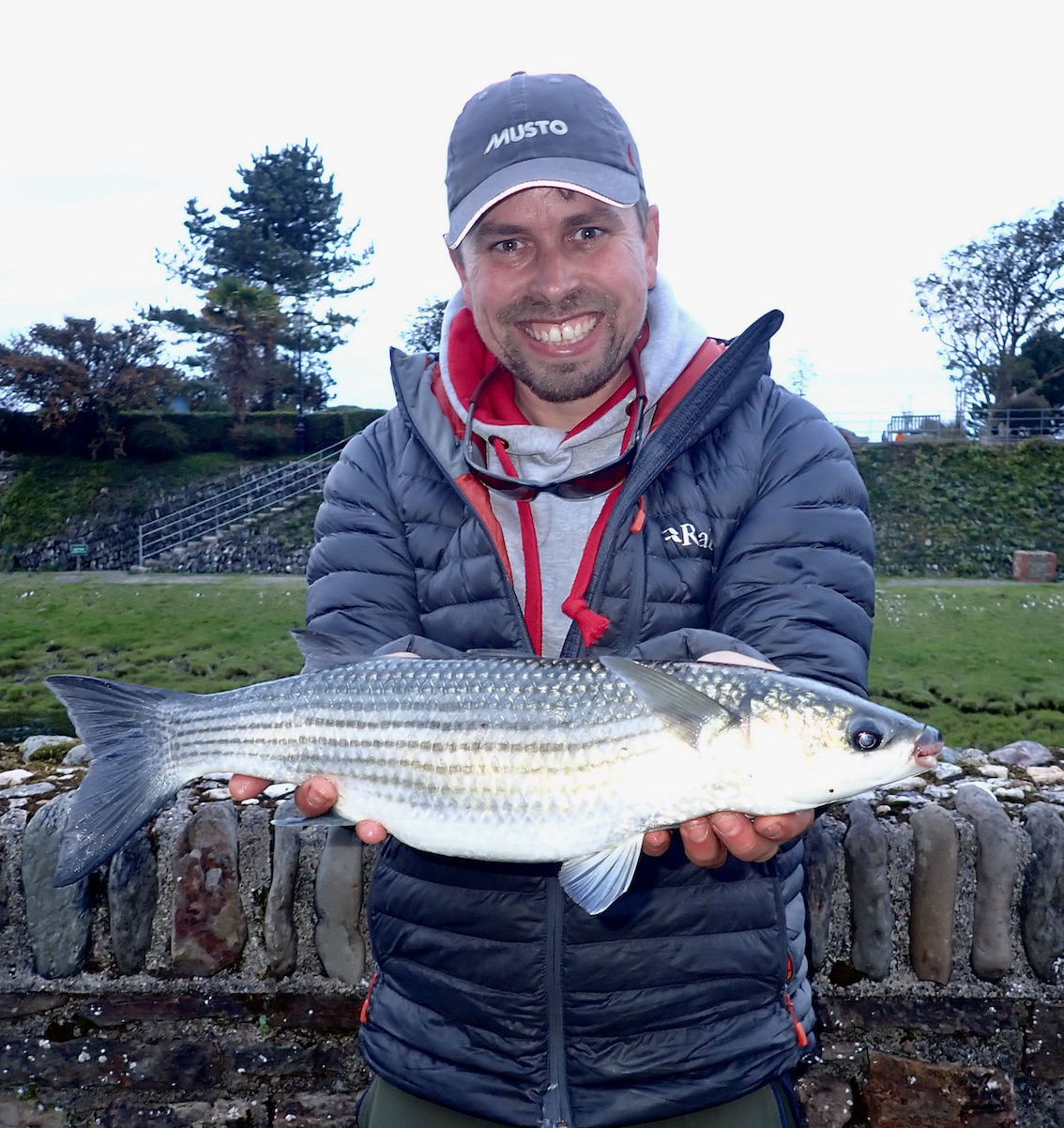
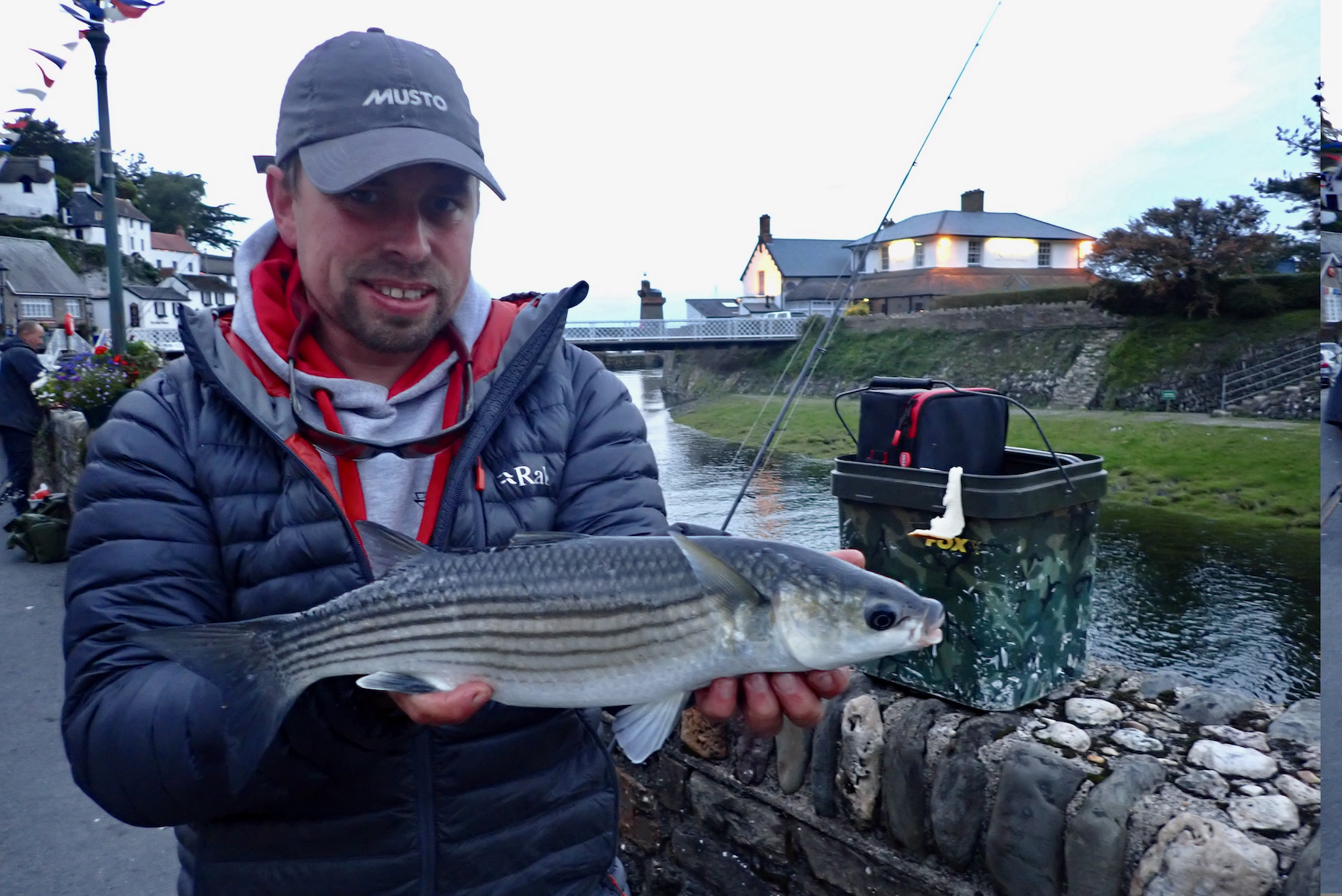

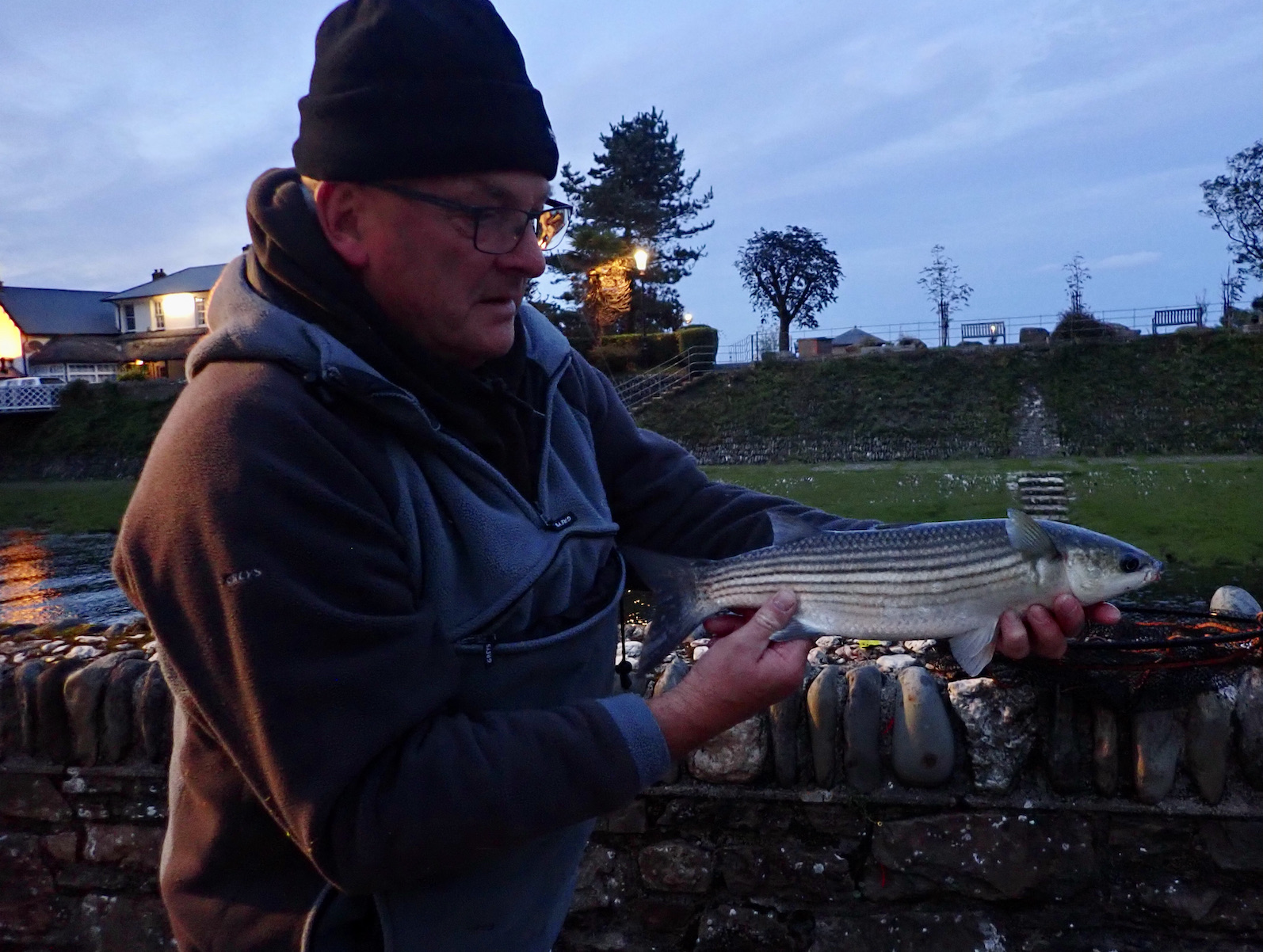
( Above ) John Avery with a 2lb 8oz grey mullet
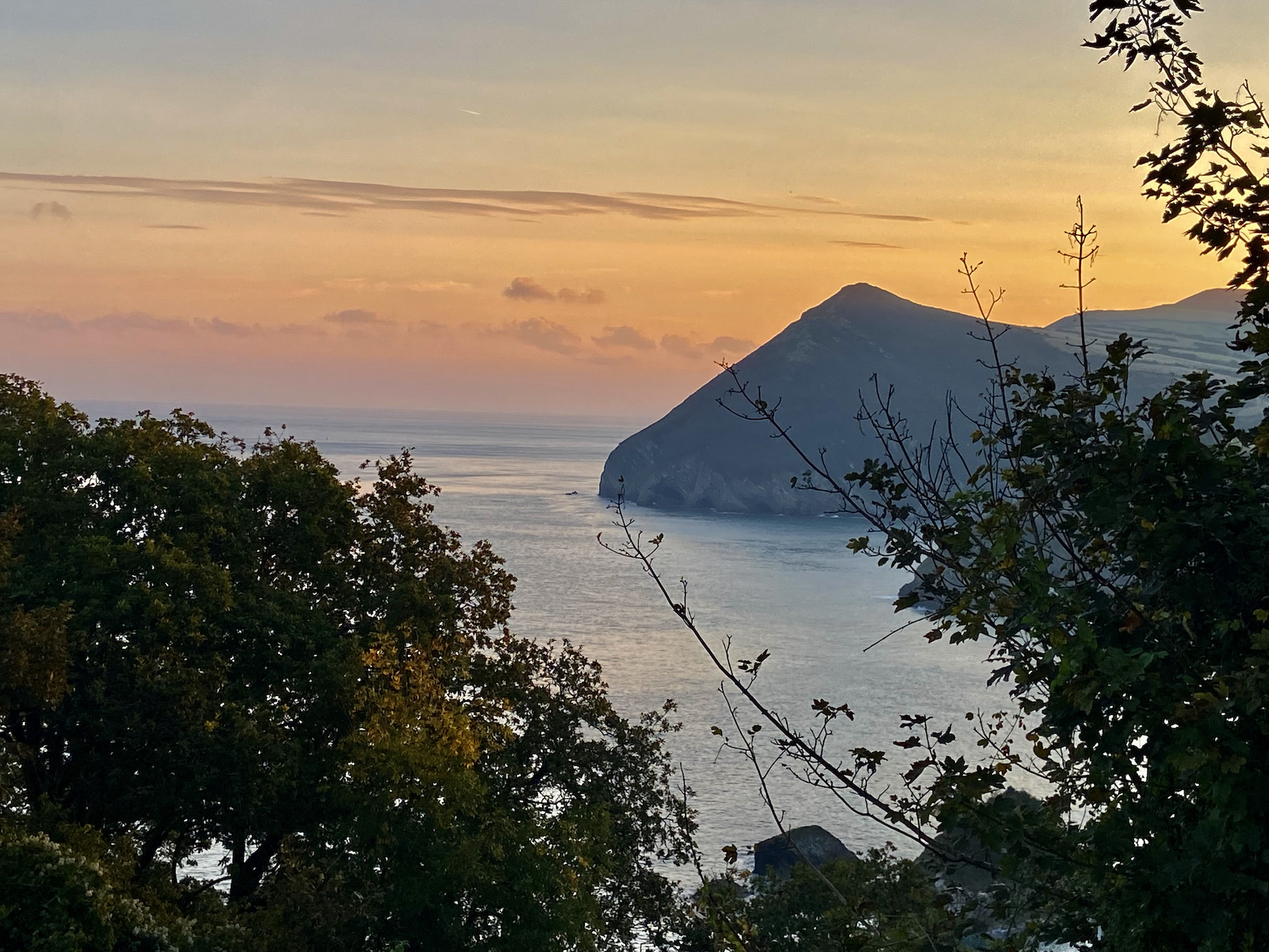
( Above) First light Combe Martin Bay
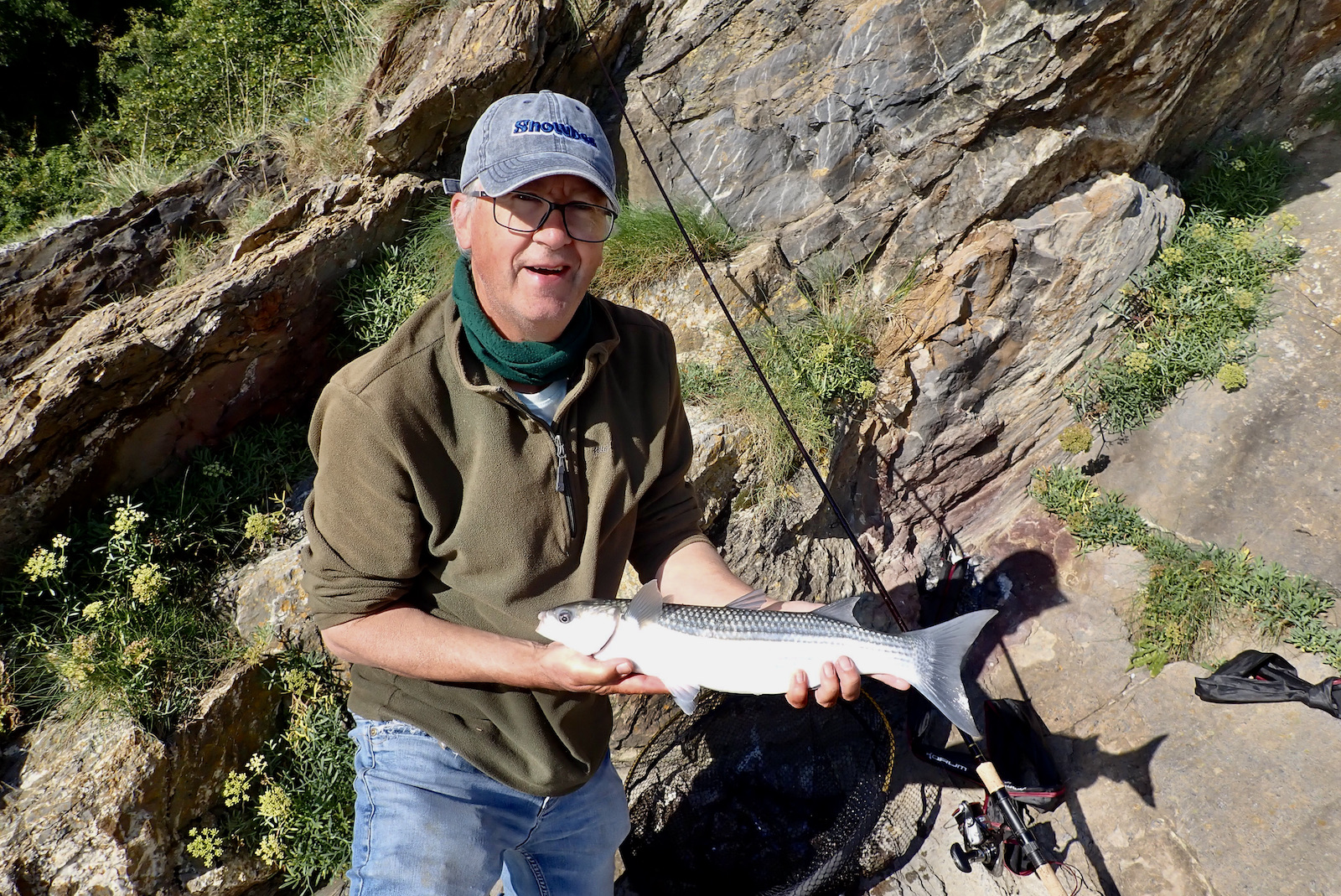
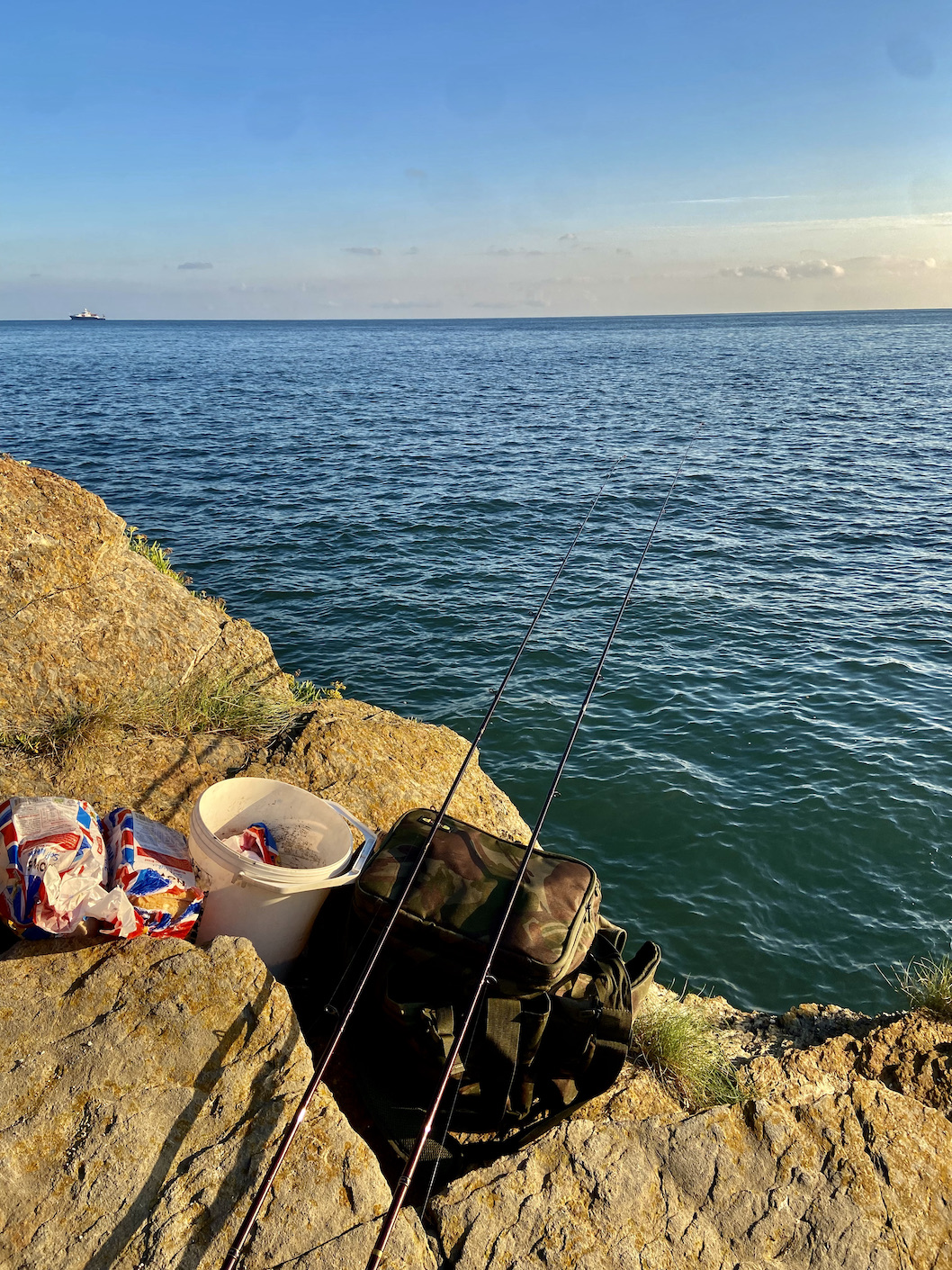
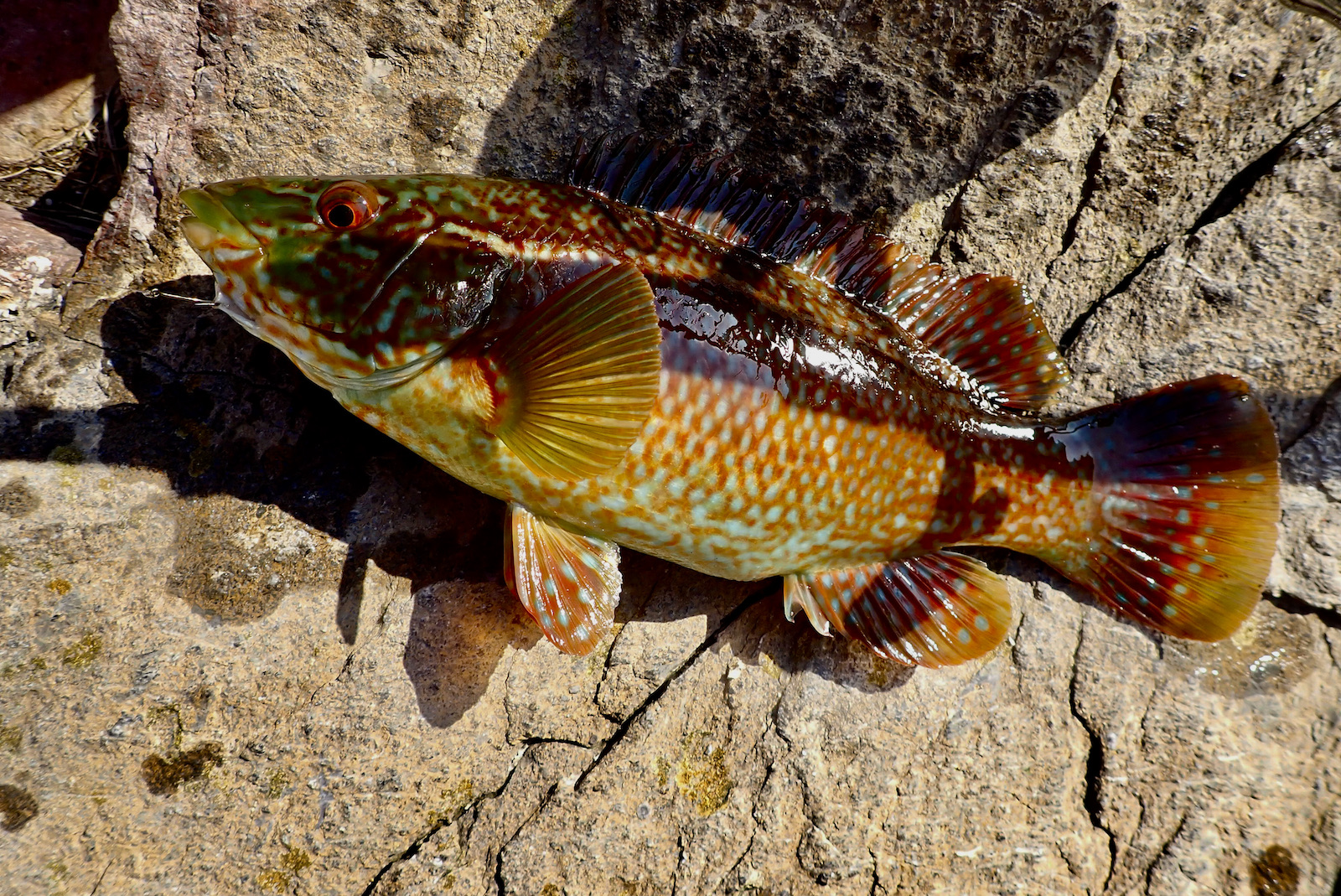
The winning fish, a fine specimen thick lipped grey mullet fell to the rod of Callum Gove and weighed 5lb 2oz. Daniel Welch was runner up with a thick lipped grey mullet of 3lb 14oz.
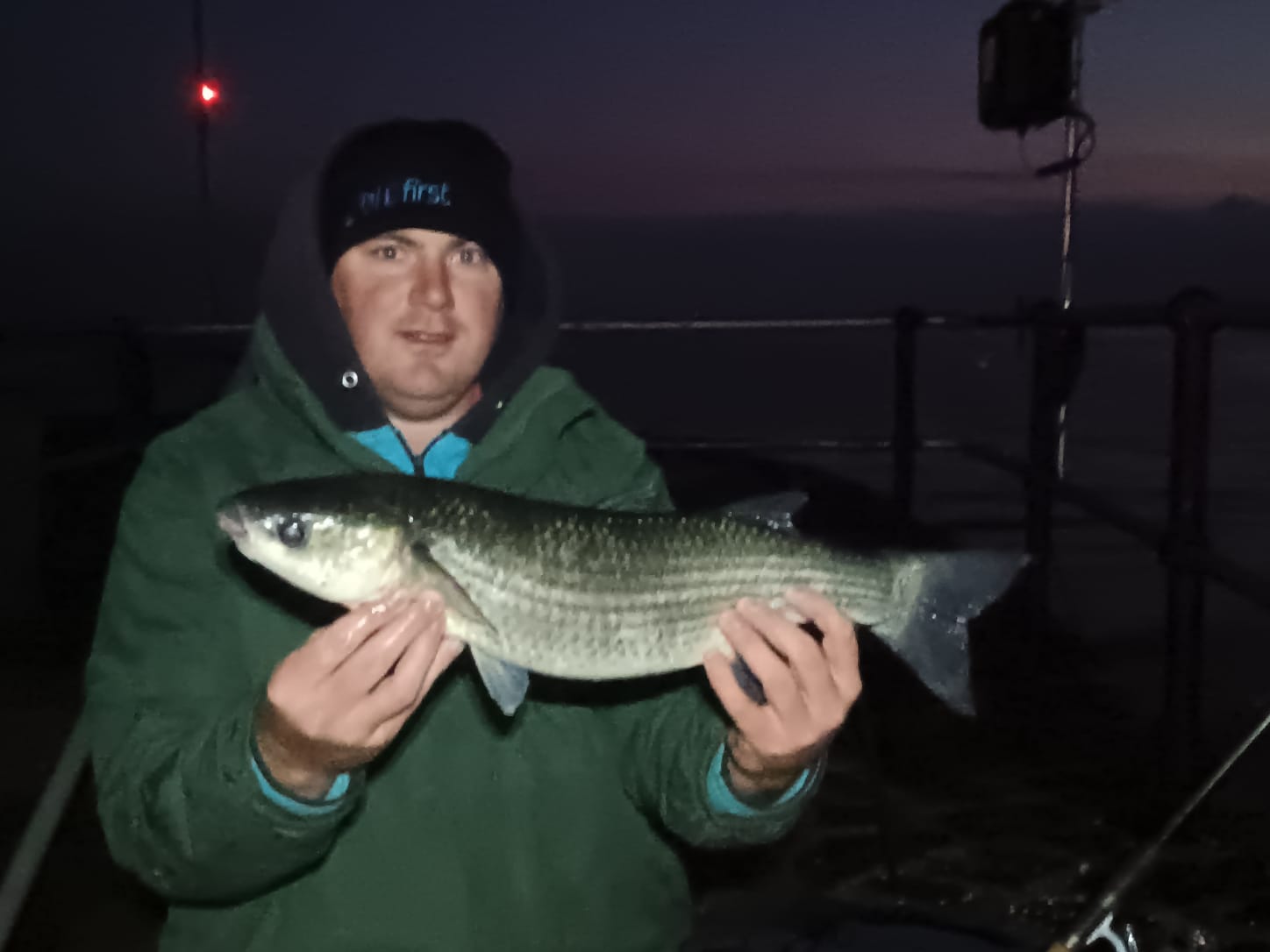
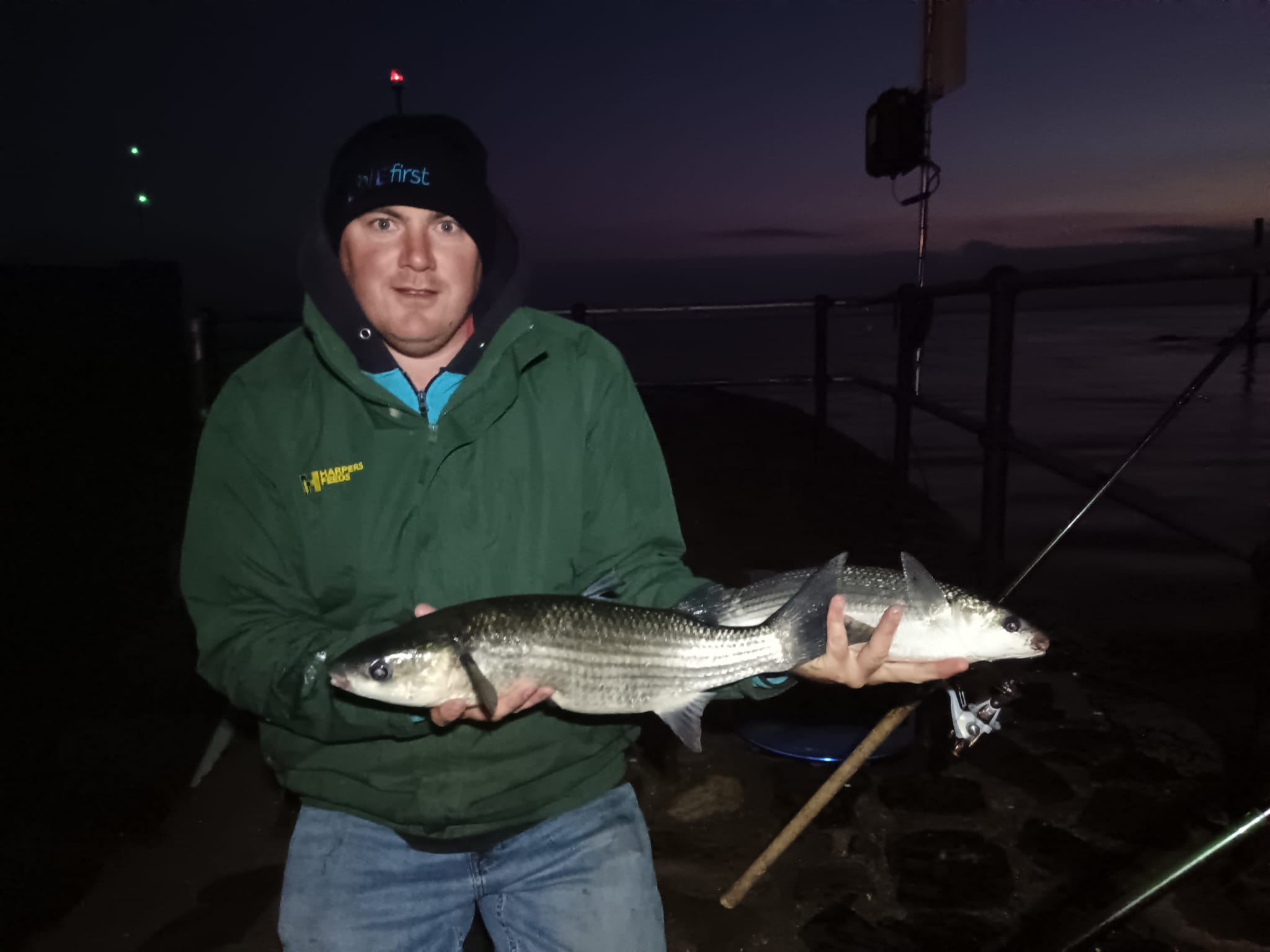
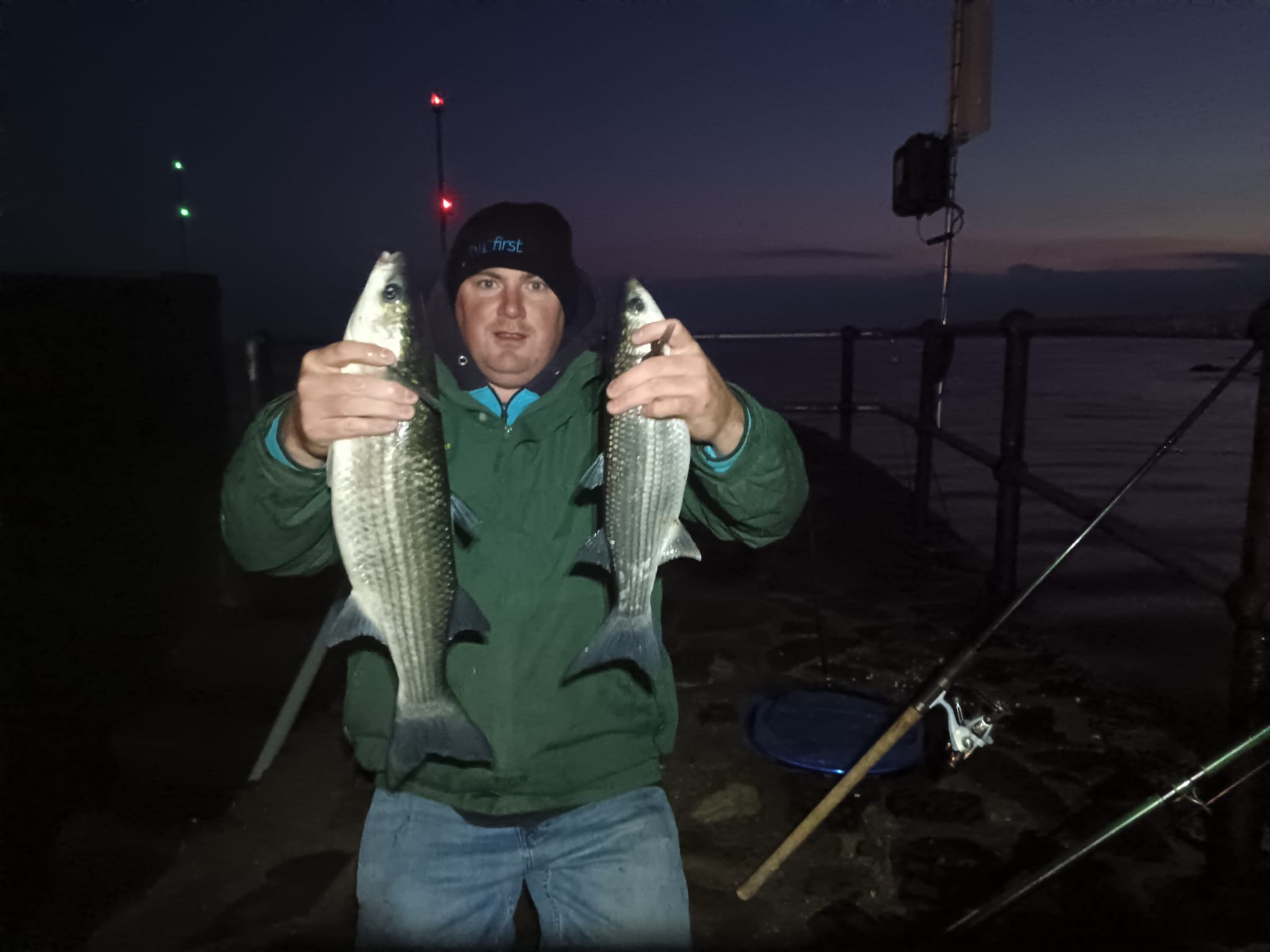
Members concentrated their efforts over high waters that coincided with first and last light each day with members fishing from pre-dawn until after dark on some tides.
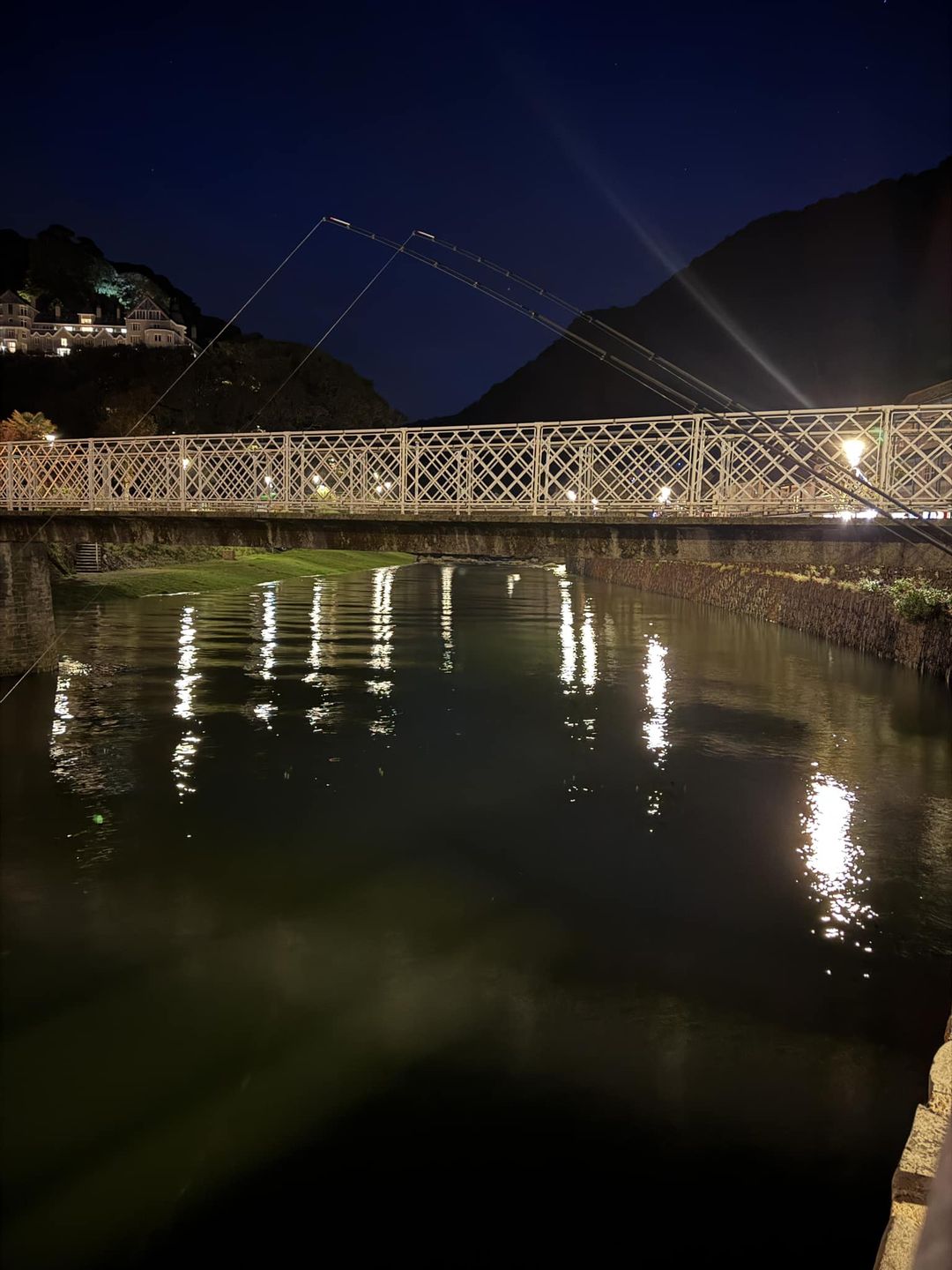
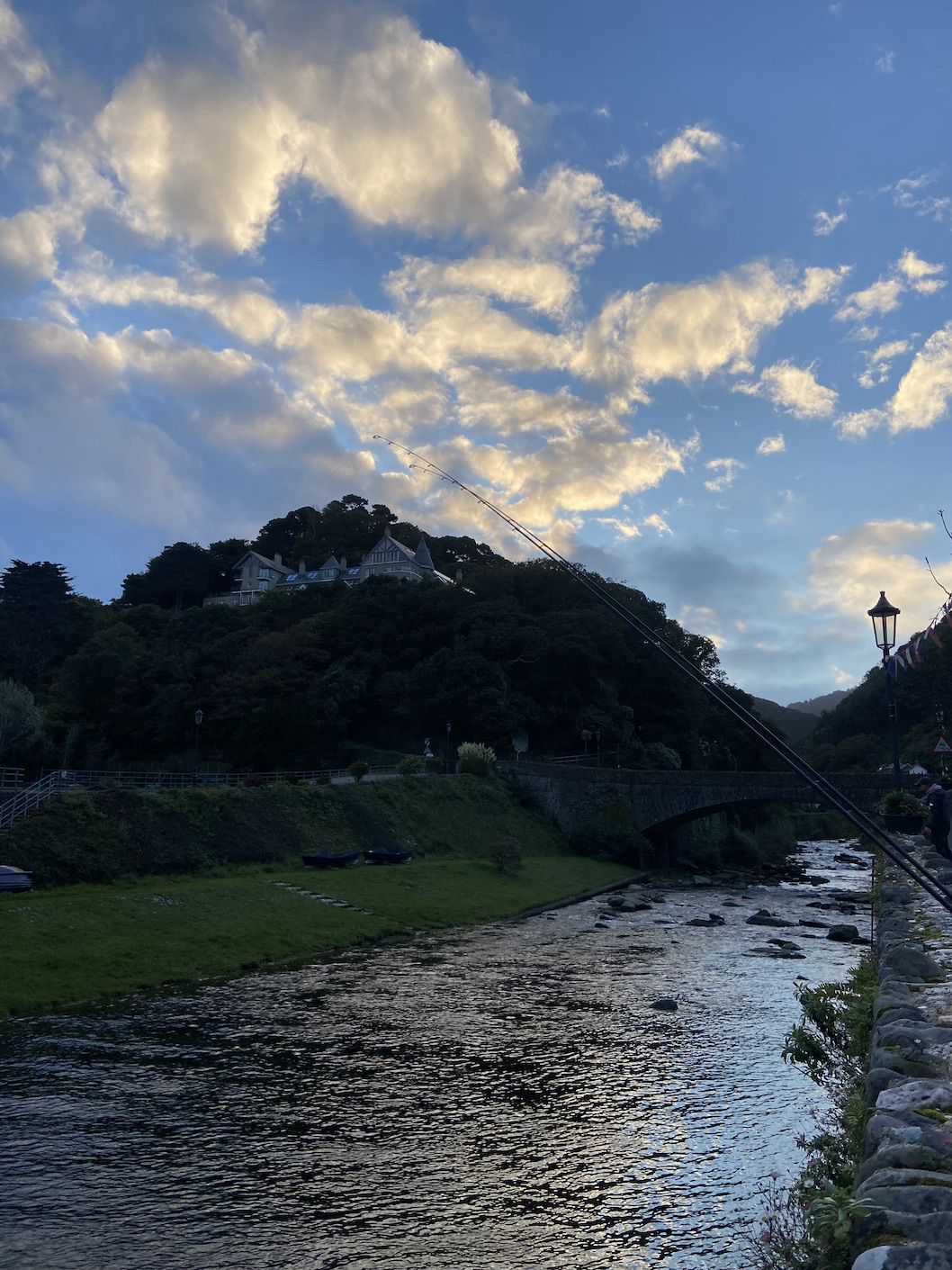
The competition concluded with a full English and tea and coffee in the Pavilion.

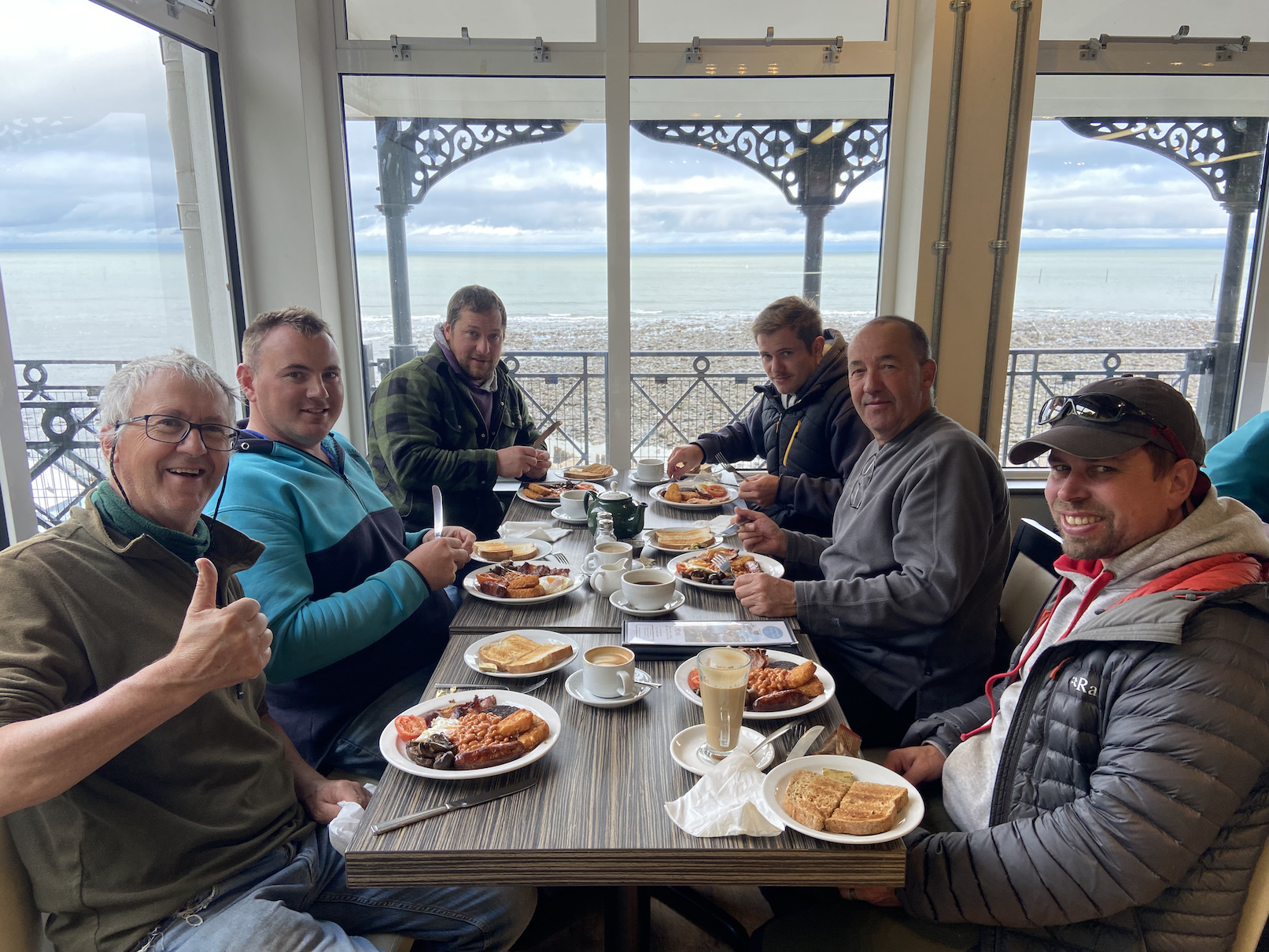

The seasons end comes all too soon and it seemed surreal to be walking through the familiar doors of the Half Moon Inn at Sheepwash for the Torridge Rivers Association end of season Egg Box Dinner. The Torridge Fishery Association was formed back in 1979 with a young Charles Inniss at its helm. Forty five years later Charles is still very much the engine room of the Association and continues to welcome anglers to the Half Moon Inn with his cheery demeanour and resilient optimism.
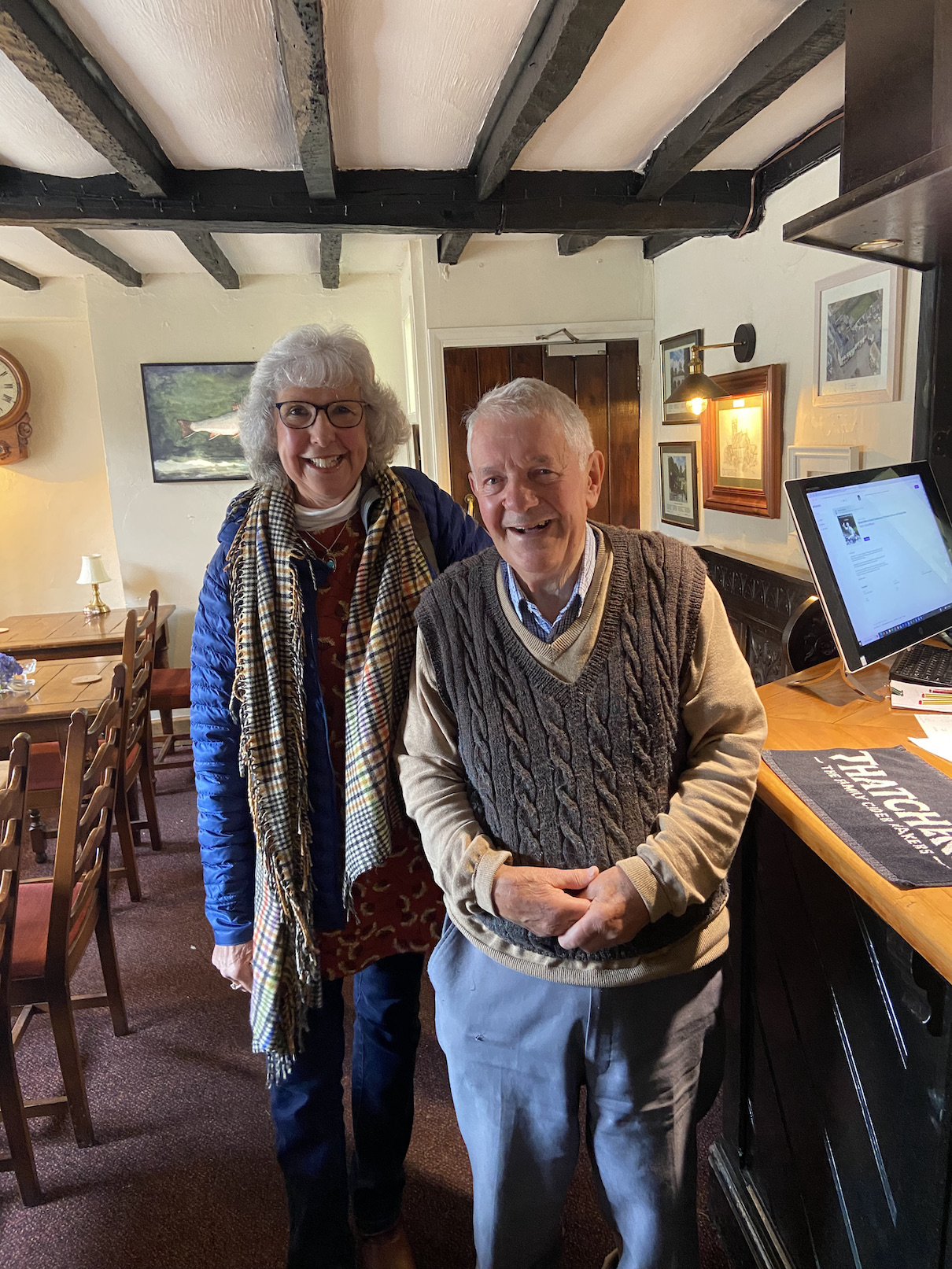
The new owners of the Half Moon have wisely embraced Charles and Adam who has worked behind the bar for many years. A fascinating insight into the Half Moon can be gleaned by listening to the latest Fly Culture Podcast with Pete Tyjas. Interviewing Richard Miller.
It has been a difficult salmon fishing season across North Devon and the chalked writing on the Inns blackboard told a woeful tale.
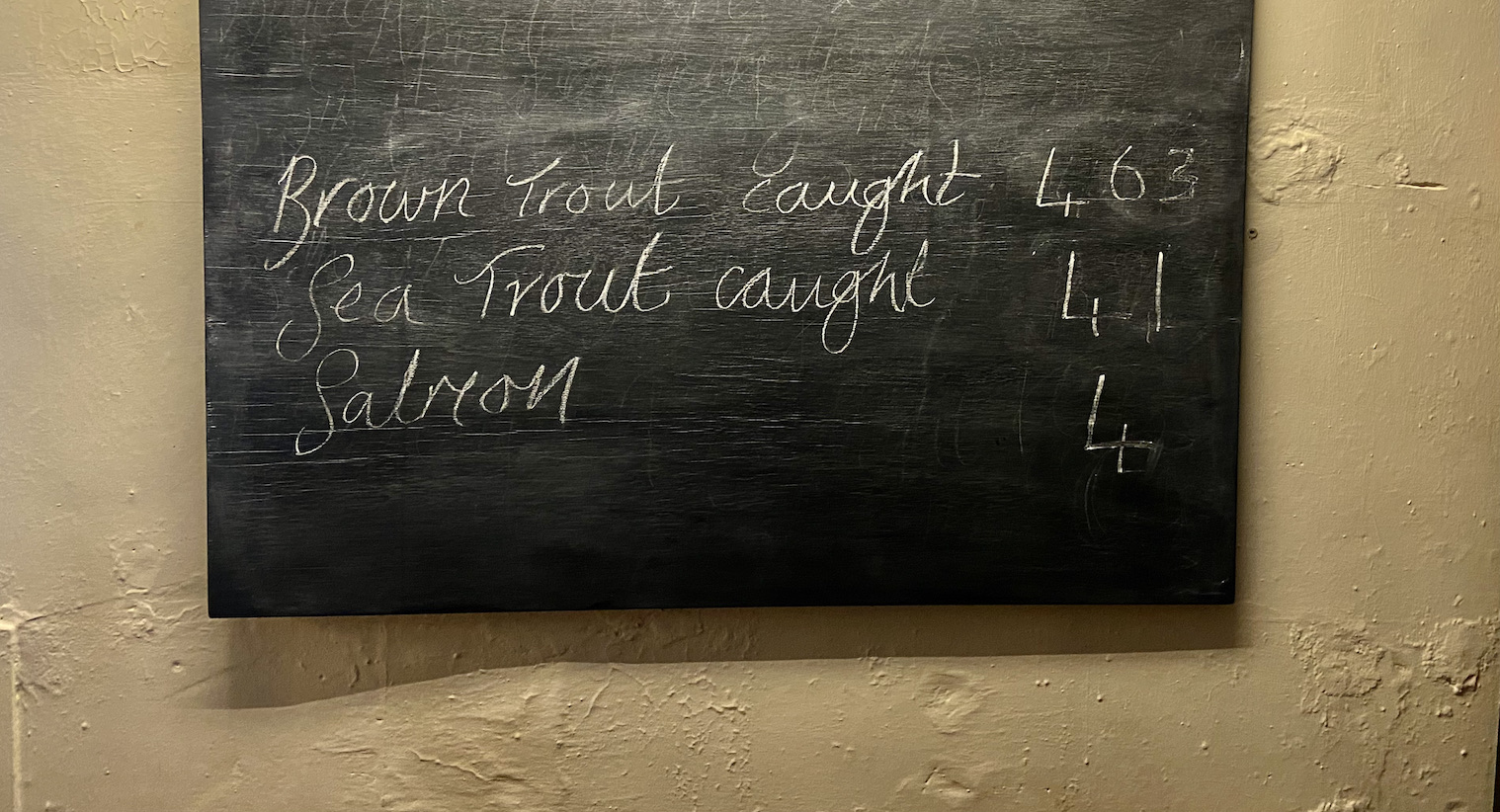
Sea trout numbers were not so bad and the brown trout returns very encouraging with close to five hundred brown trout recorded. In fact the general consensus is that the wild brown trout fishing is the future for North Devon’s rivers.
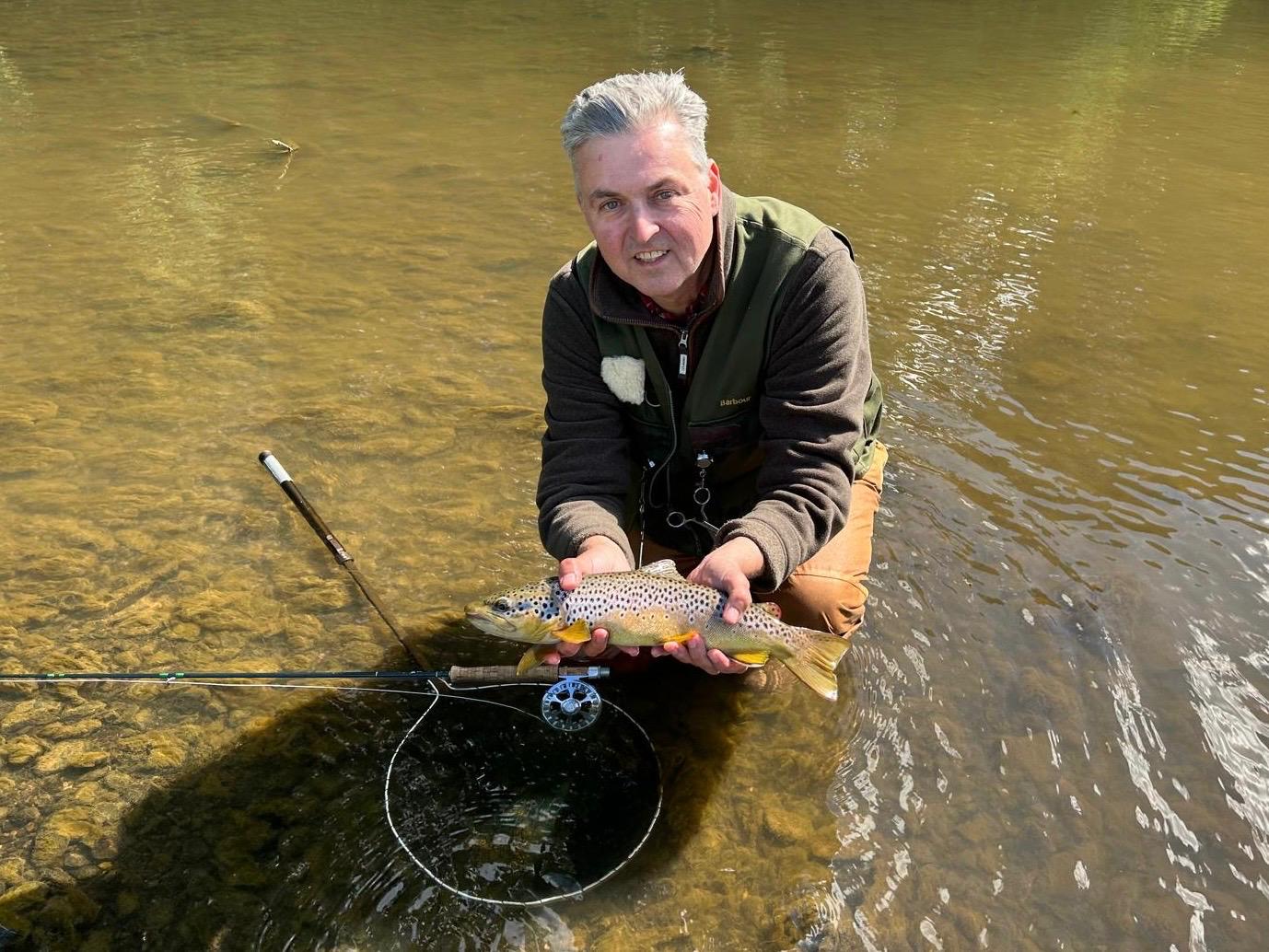
The annual dinner sees those with a deep love of the Torridge travel from all over the UK. It is always a joy to sit with fellow Torridge fishers and hear stories from the water’s edge told with a burning passion that flows through generations.
There was of course much talk about the sad demise of salmon across the UK and beyond with the complexities and causes of this debated over plates of delicious food, wine and ale.
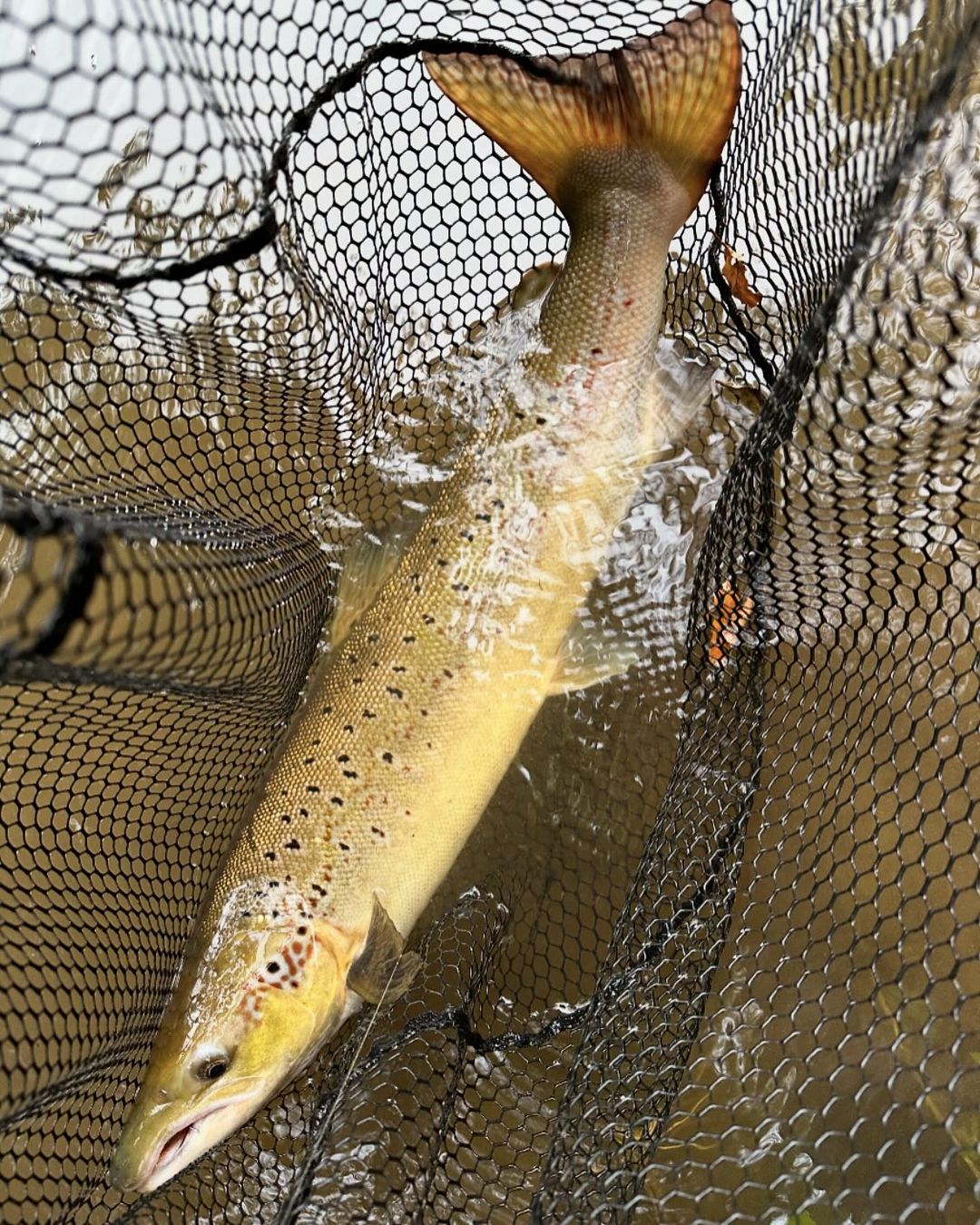
Charles Inniss gave a short humorous and impassioned introduction to Lord Clinton who has taken on the role of Torridge Rivers Association President.
A Memorial Service for the late Lord Clinton was held on July 15th at Exeter Cathedral. It was attended by Association Chairman Paul Ashworth and his wife Geraldine along with Charles Inniss and Steve Phelps. Lord Clinton was the prime mover in the creation of the Association and was its first Chairman and President for Forty years.
The Grand Egg Box Draw once again raised considerable funds towards the running of the associations hatchery a project that requires much work and dedication and rewards with a glimmer of hope for the future.
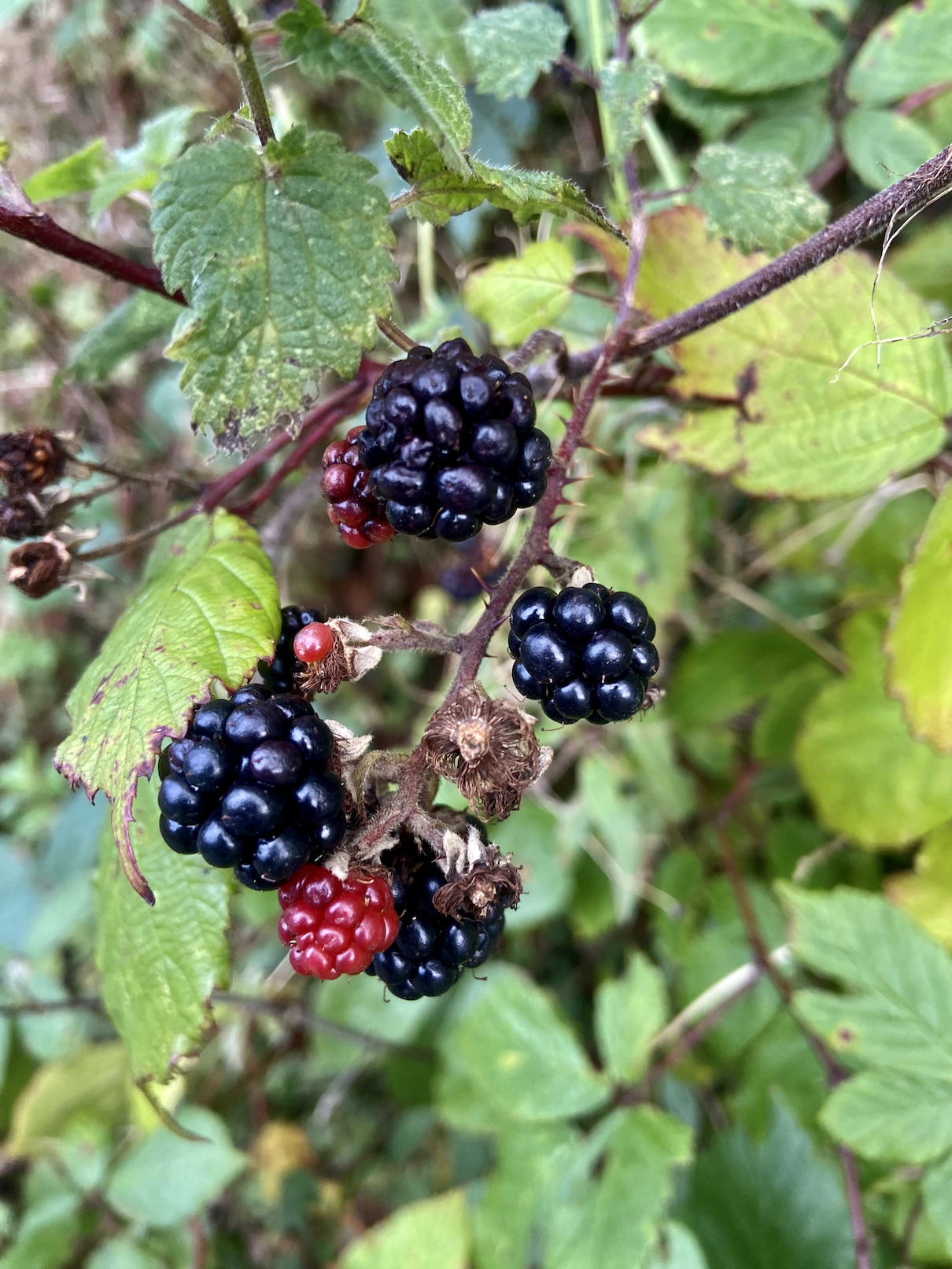
Before I sat down to write this I walked out into the garden and smelt the comforting scent of woodsmoke drifting through the valley. Autumn has arrived and another salmon and trout season has drifted into the past. In less than six months anglers will once again be wading into those perpetual flows as yellow daffodils once again decorate the banks.
